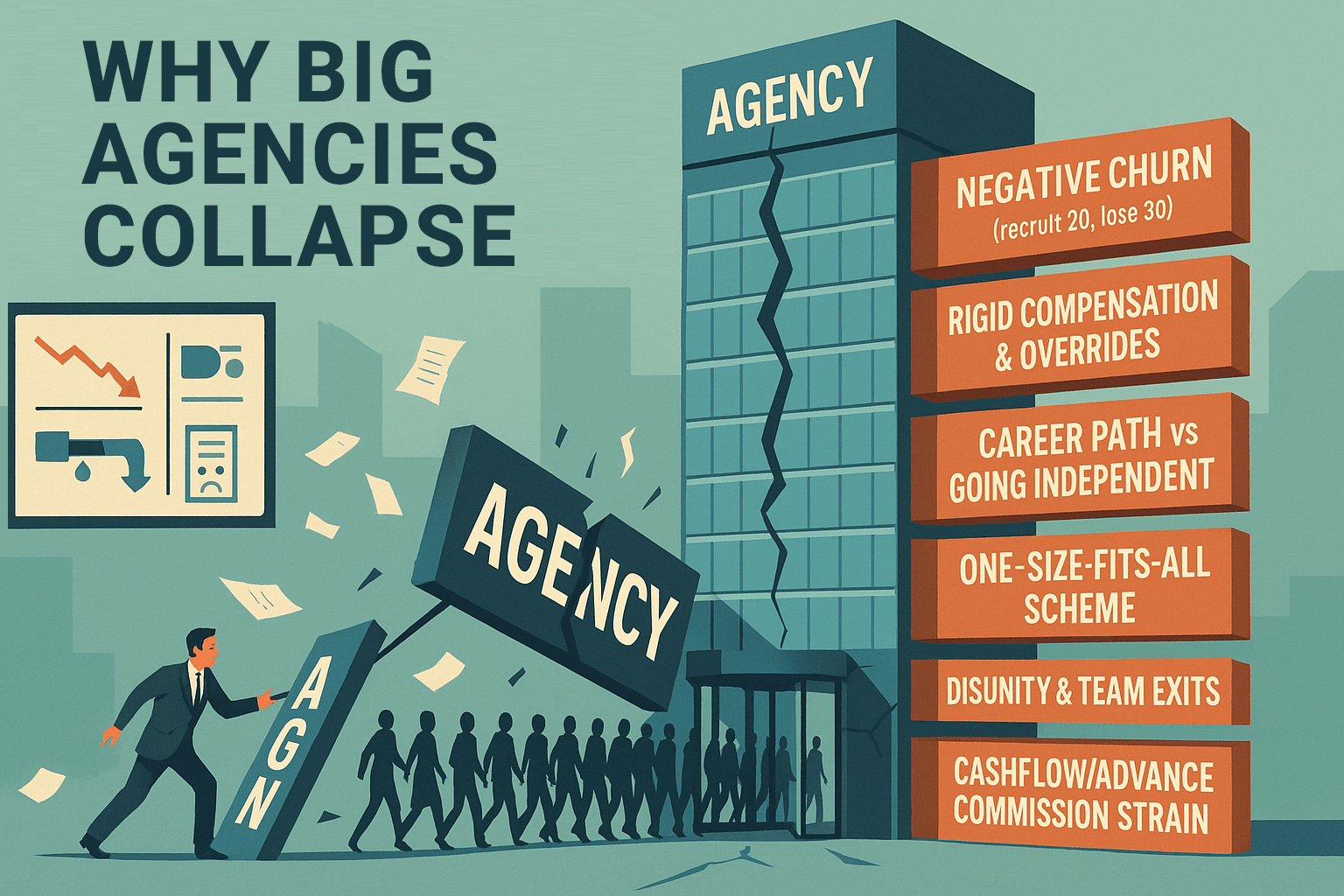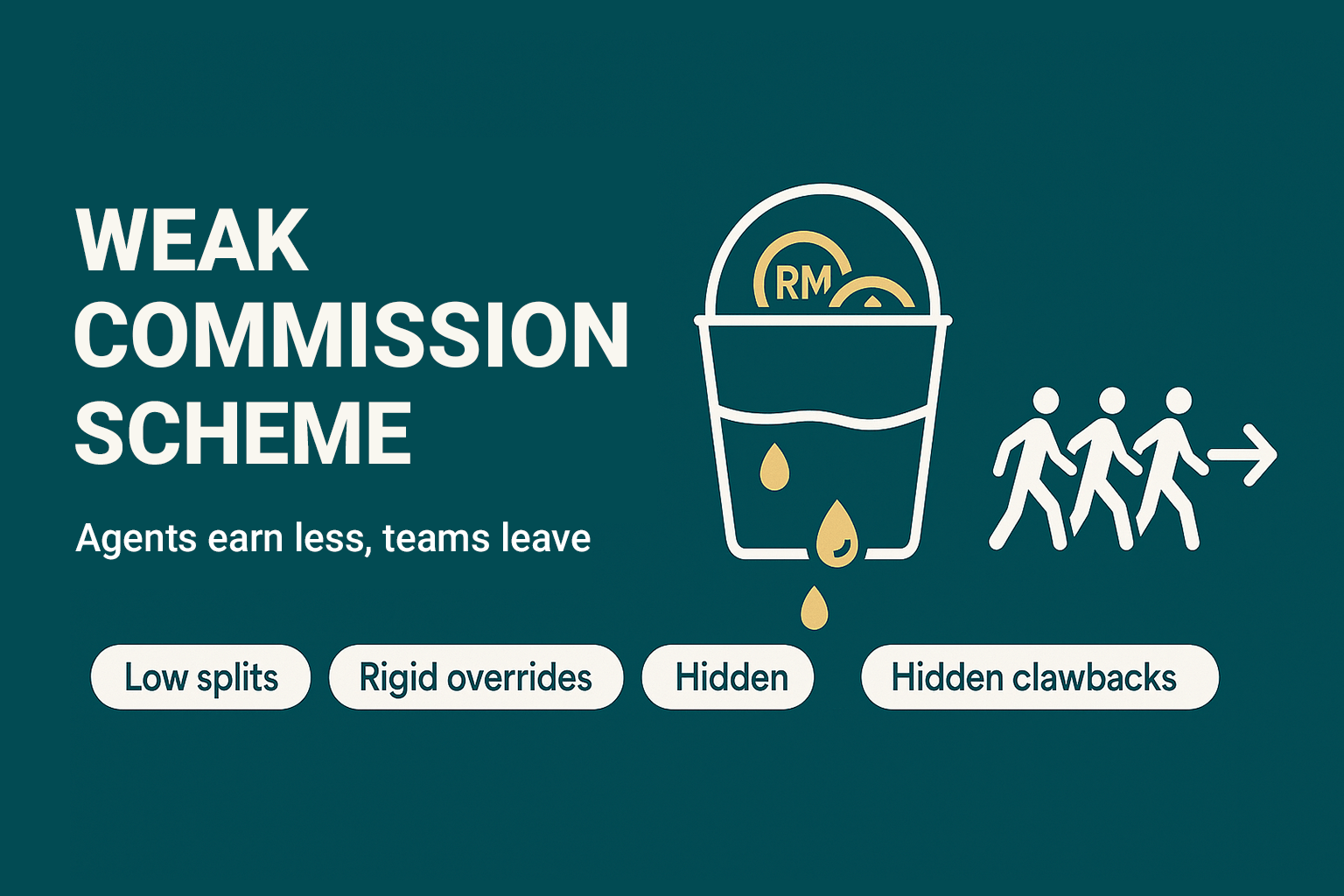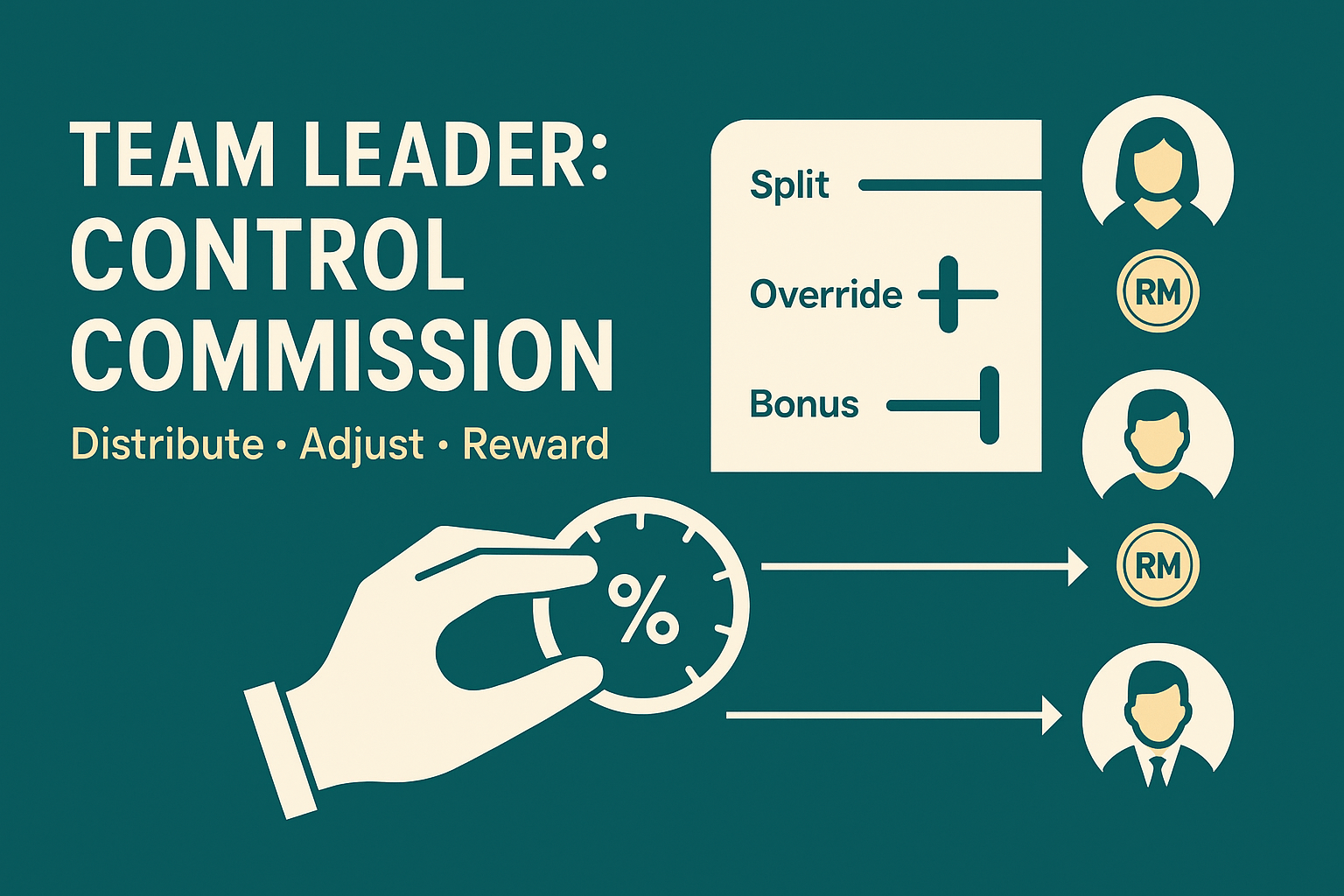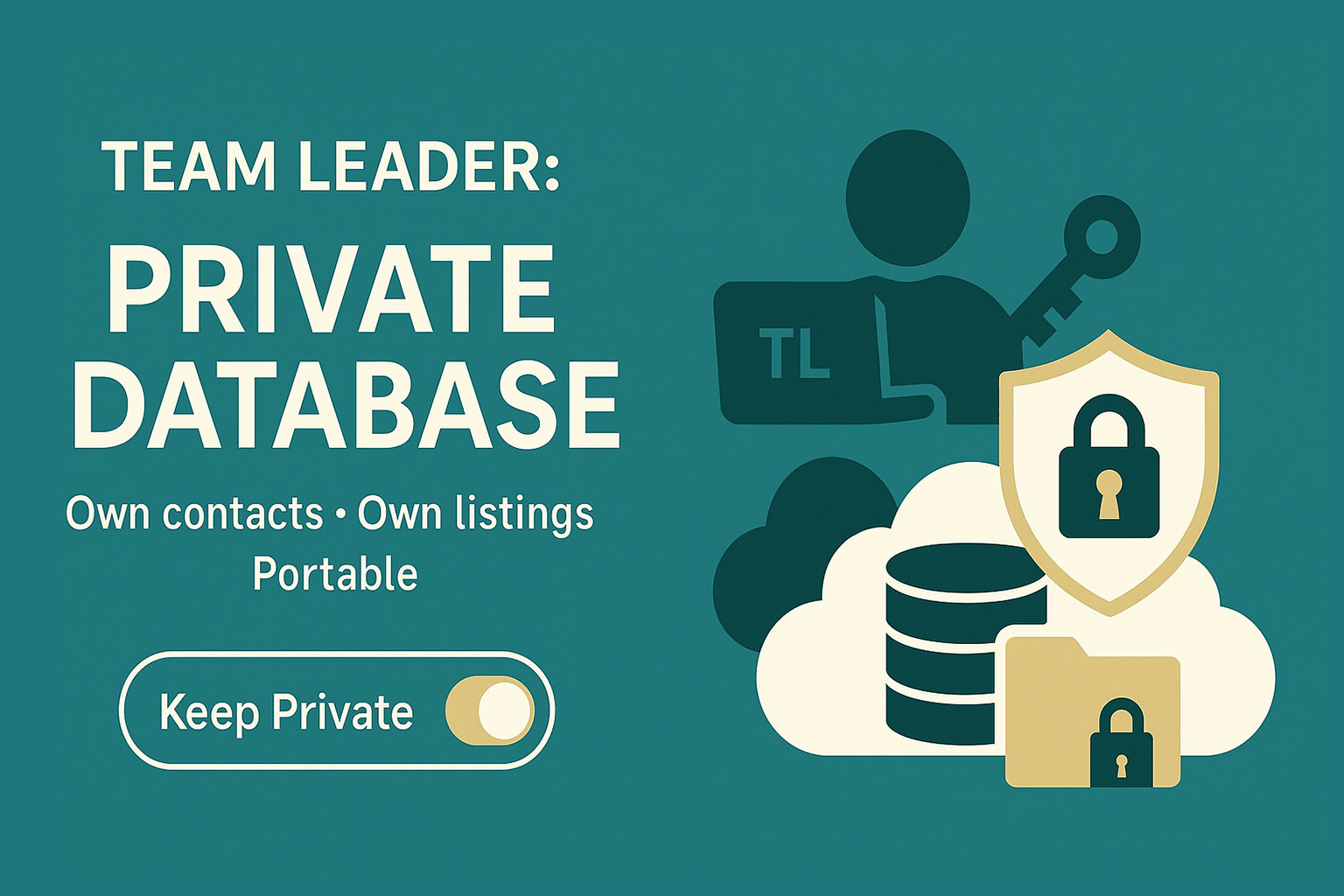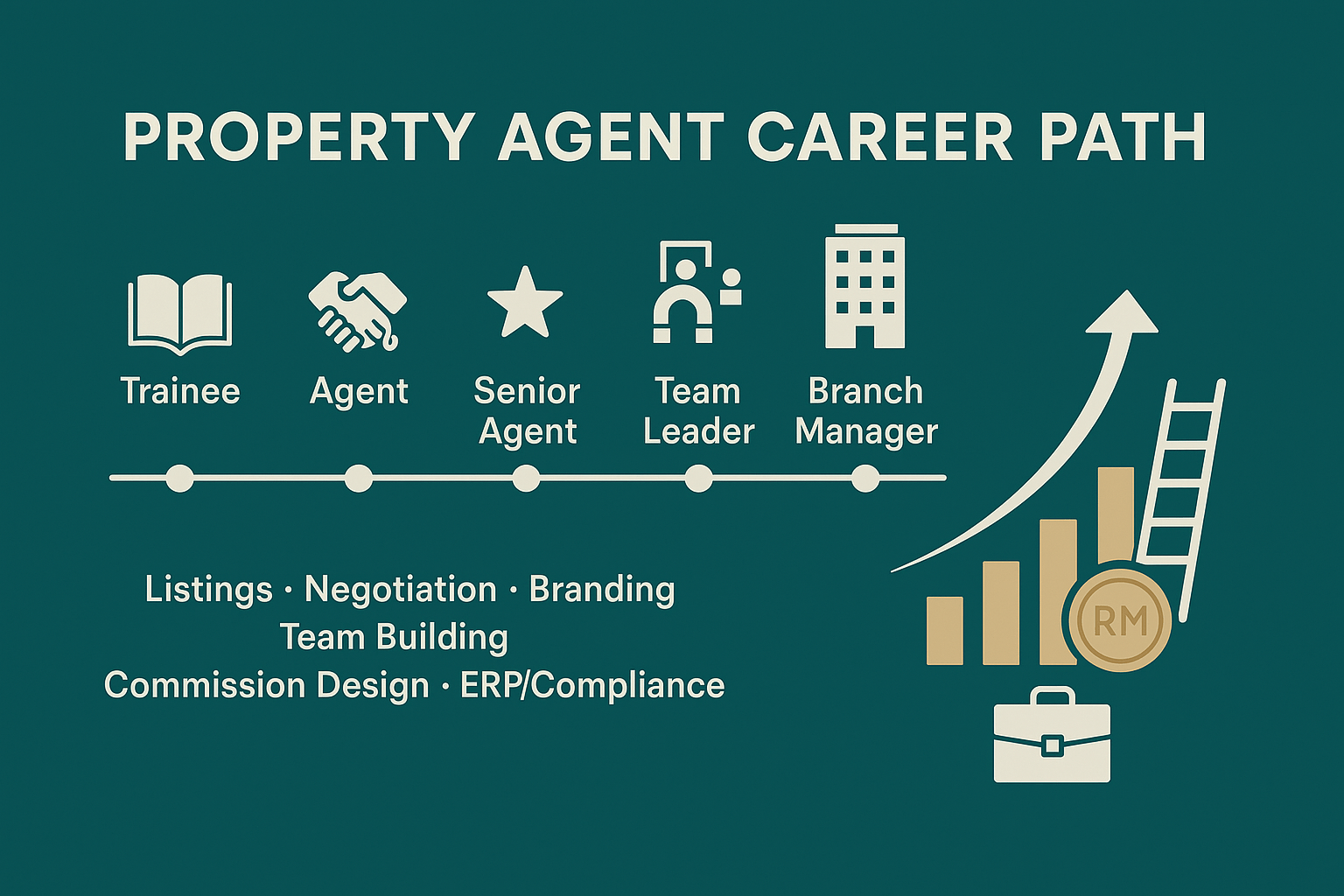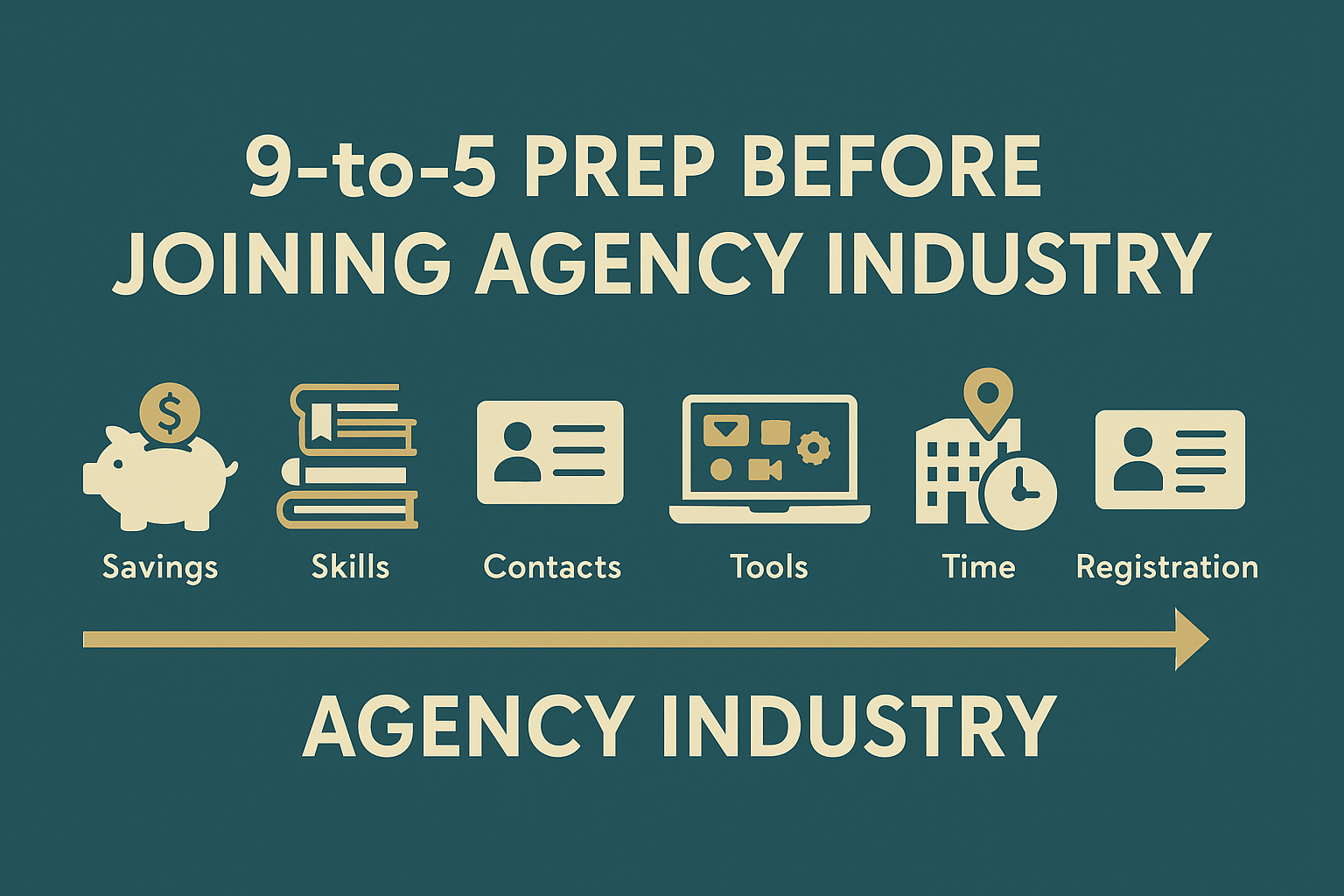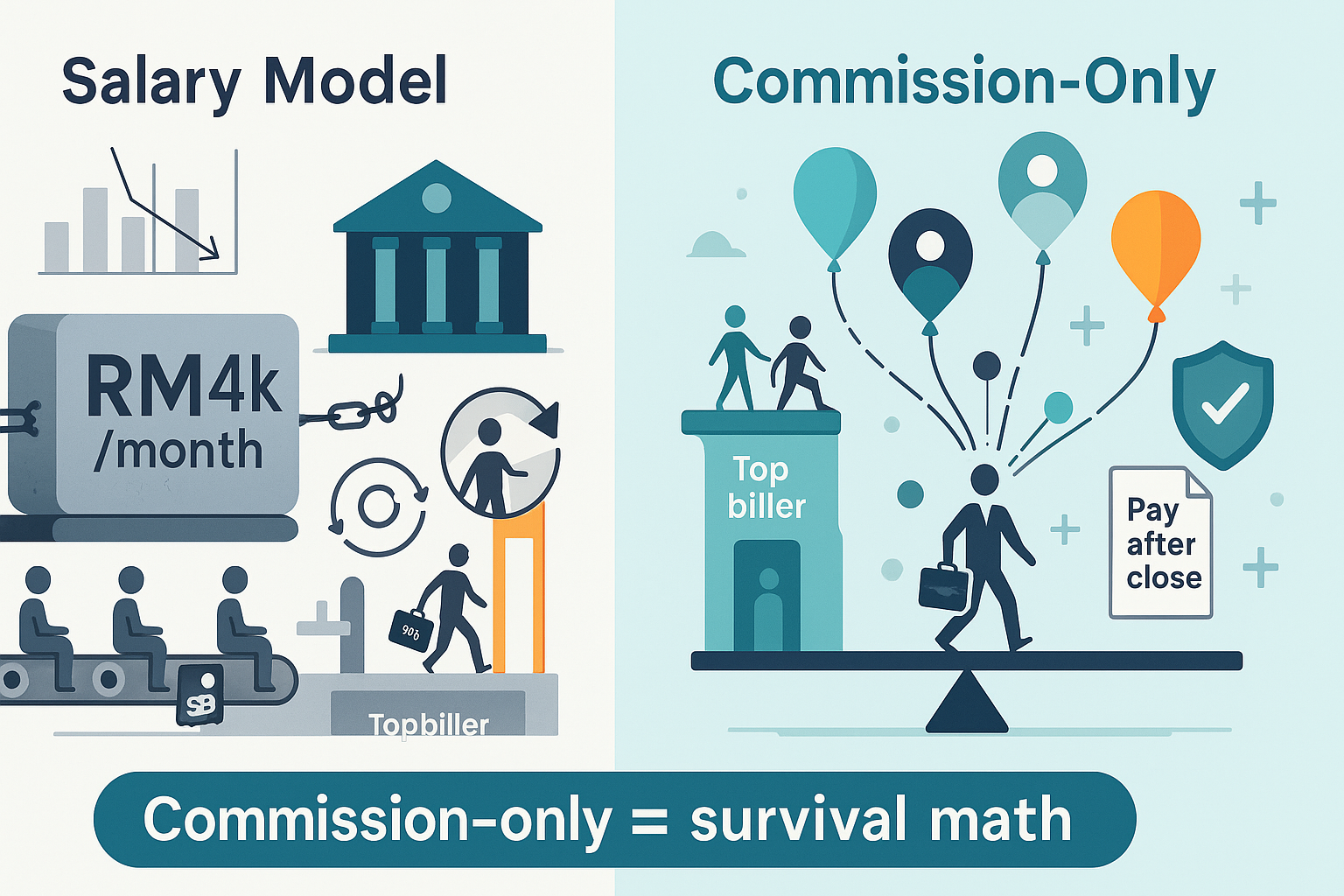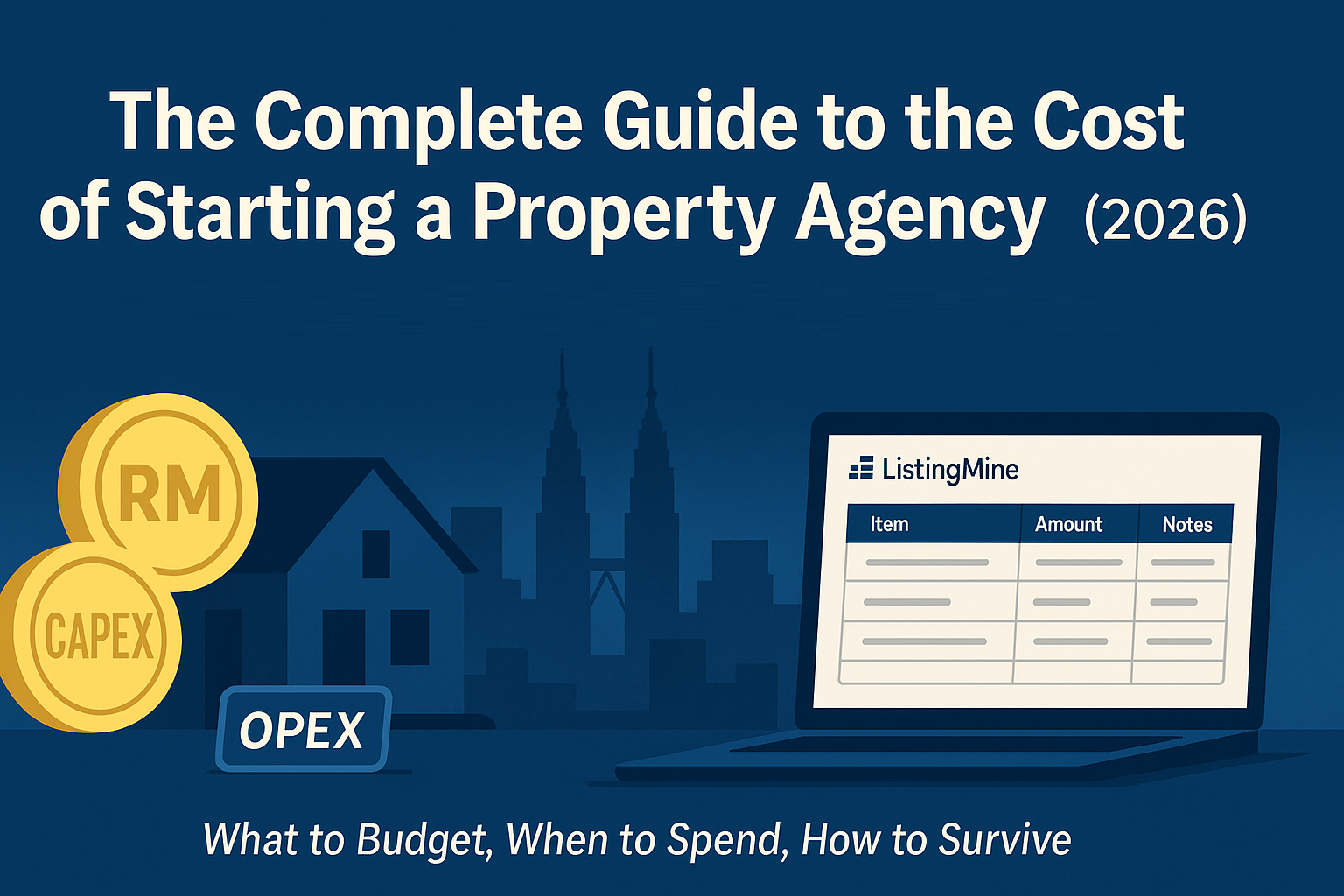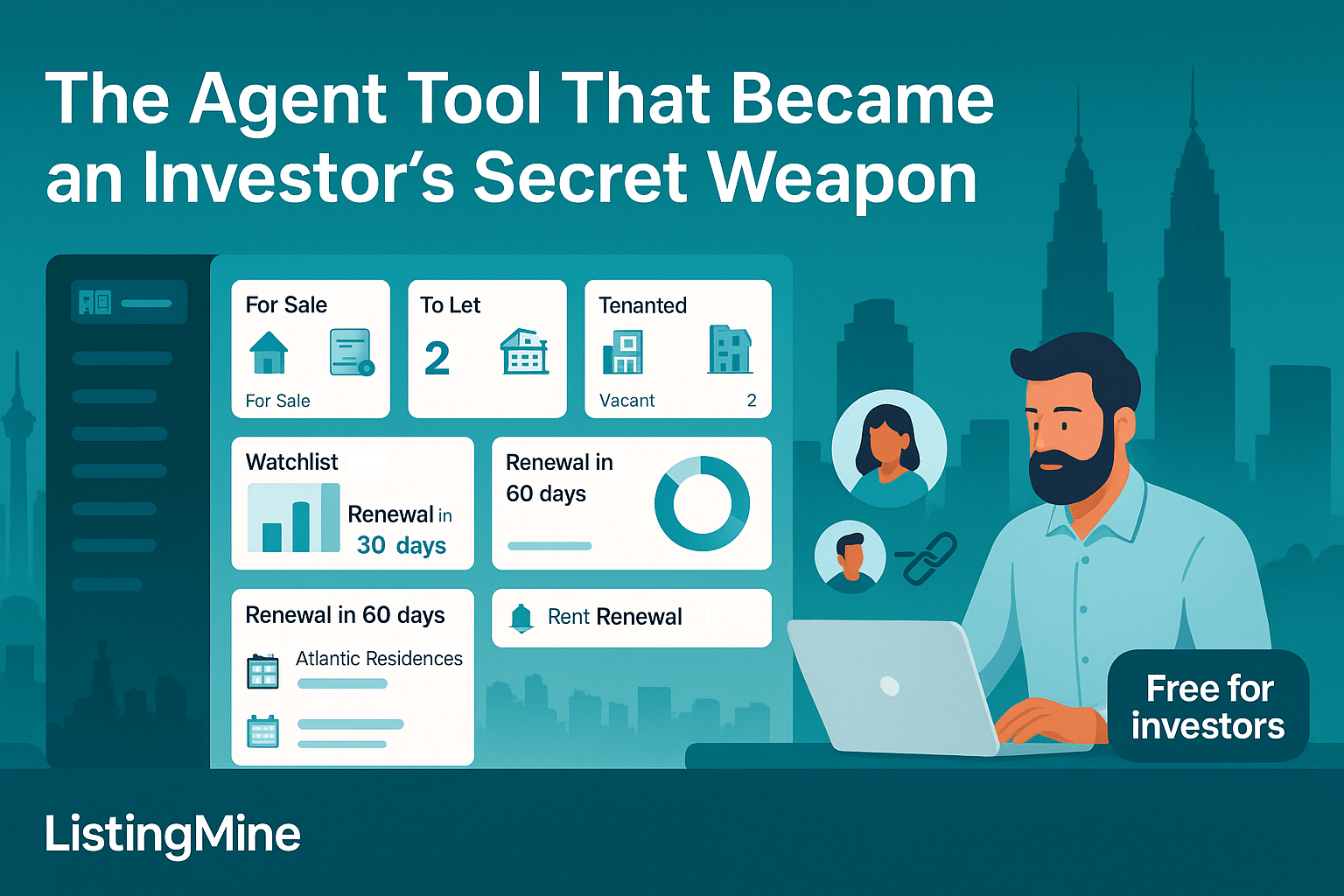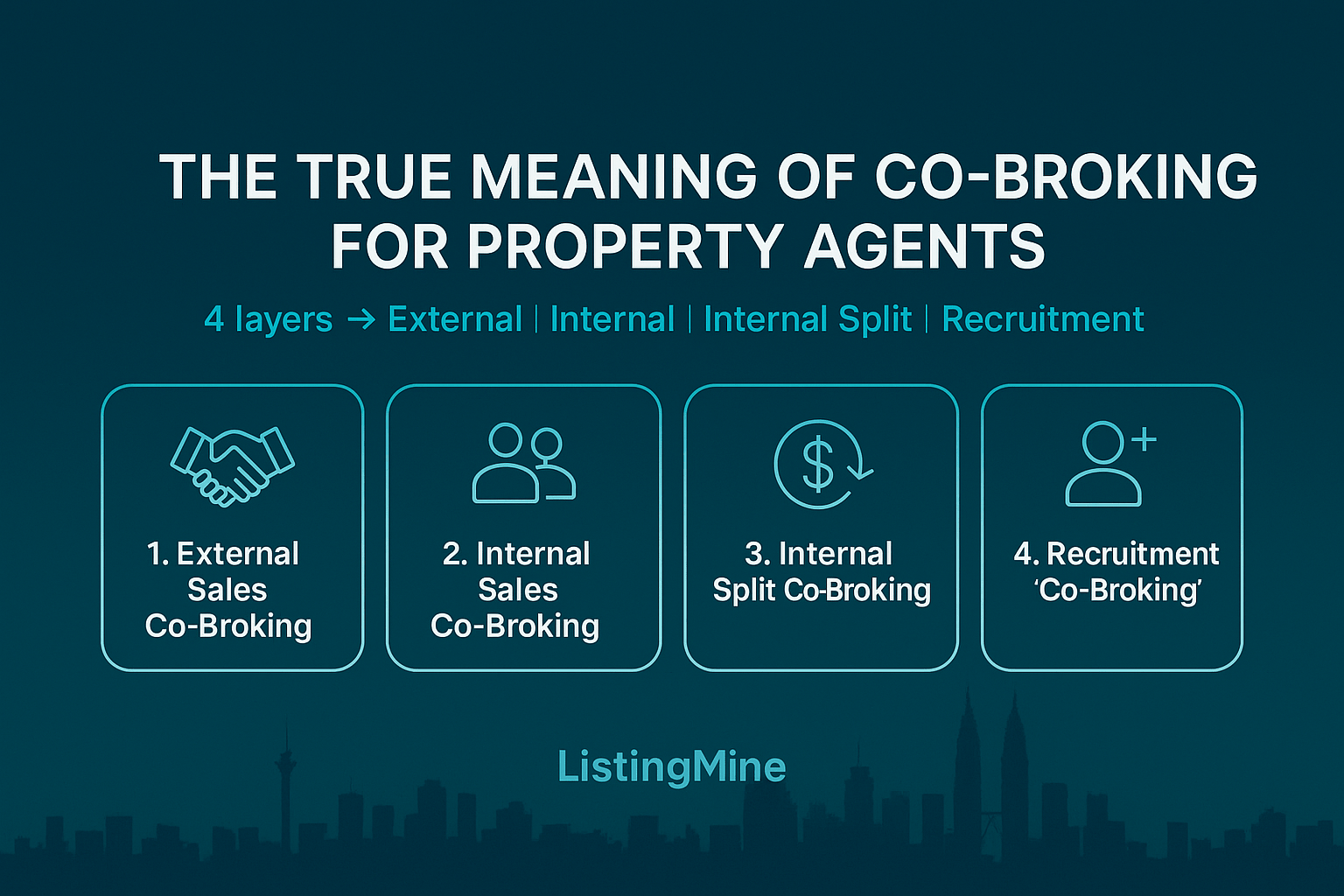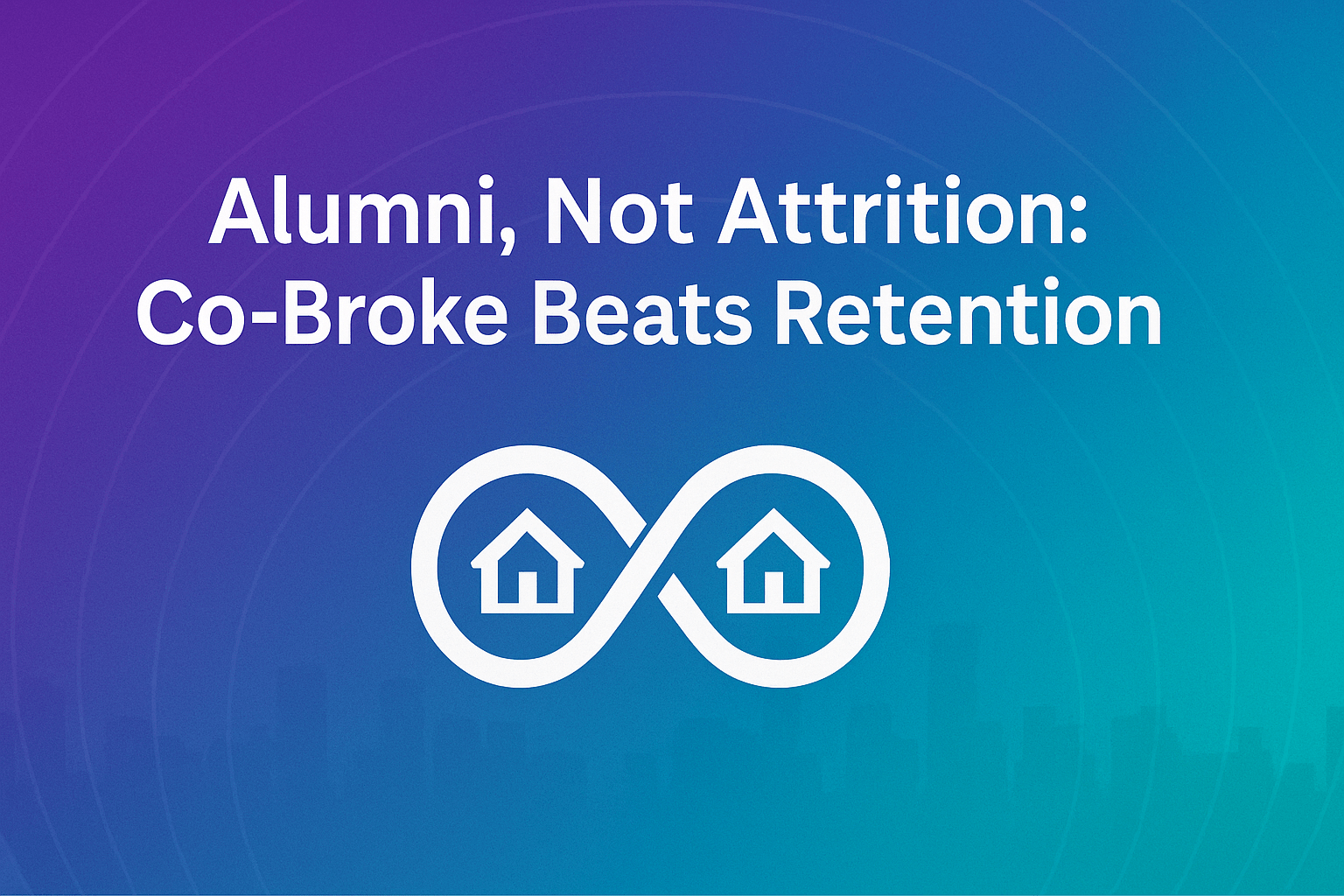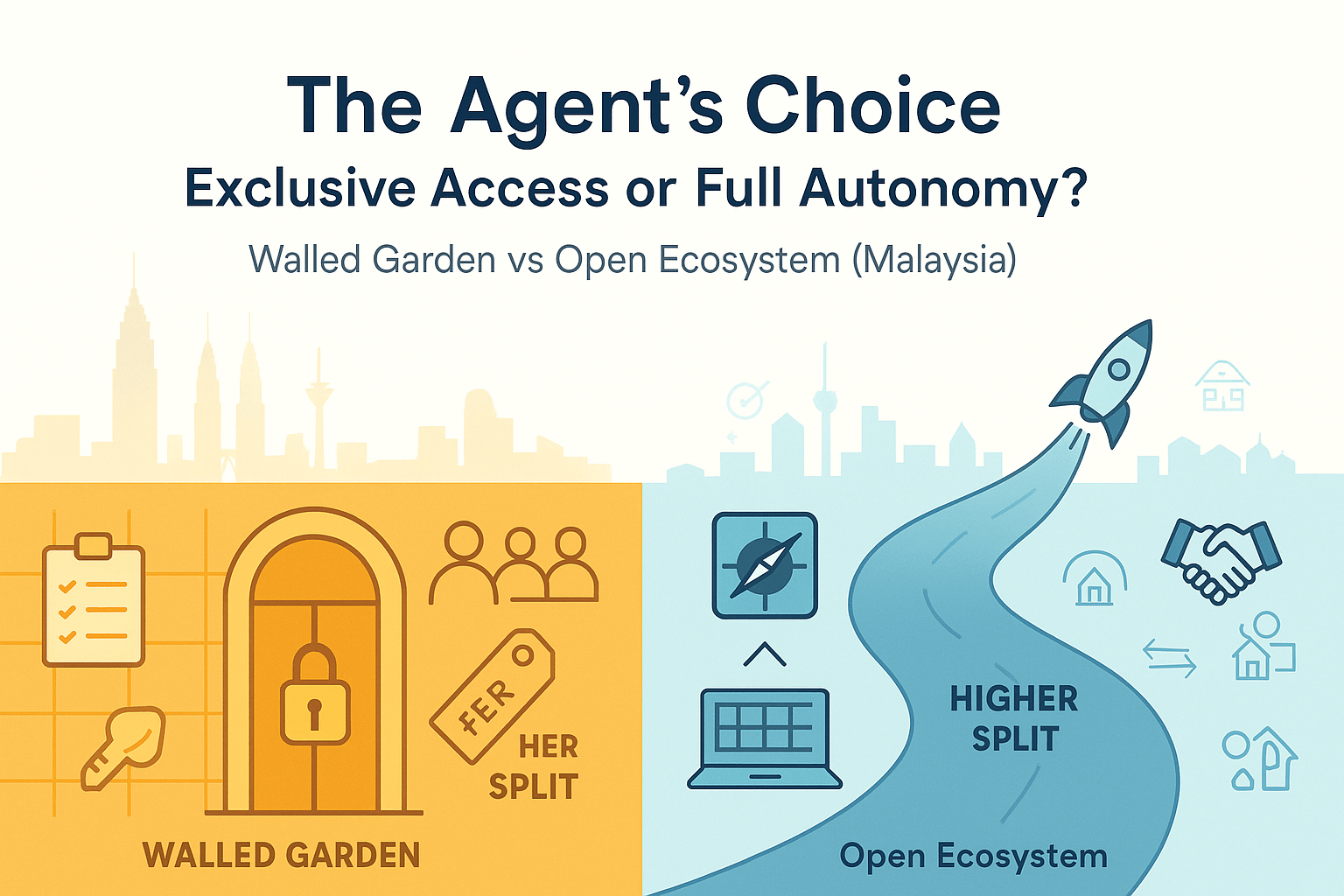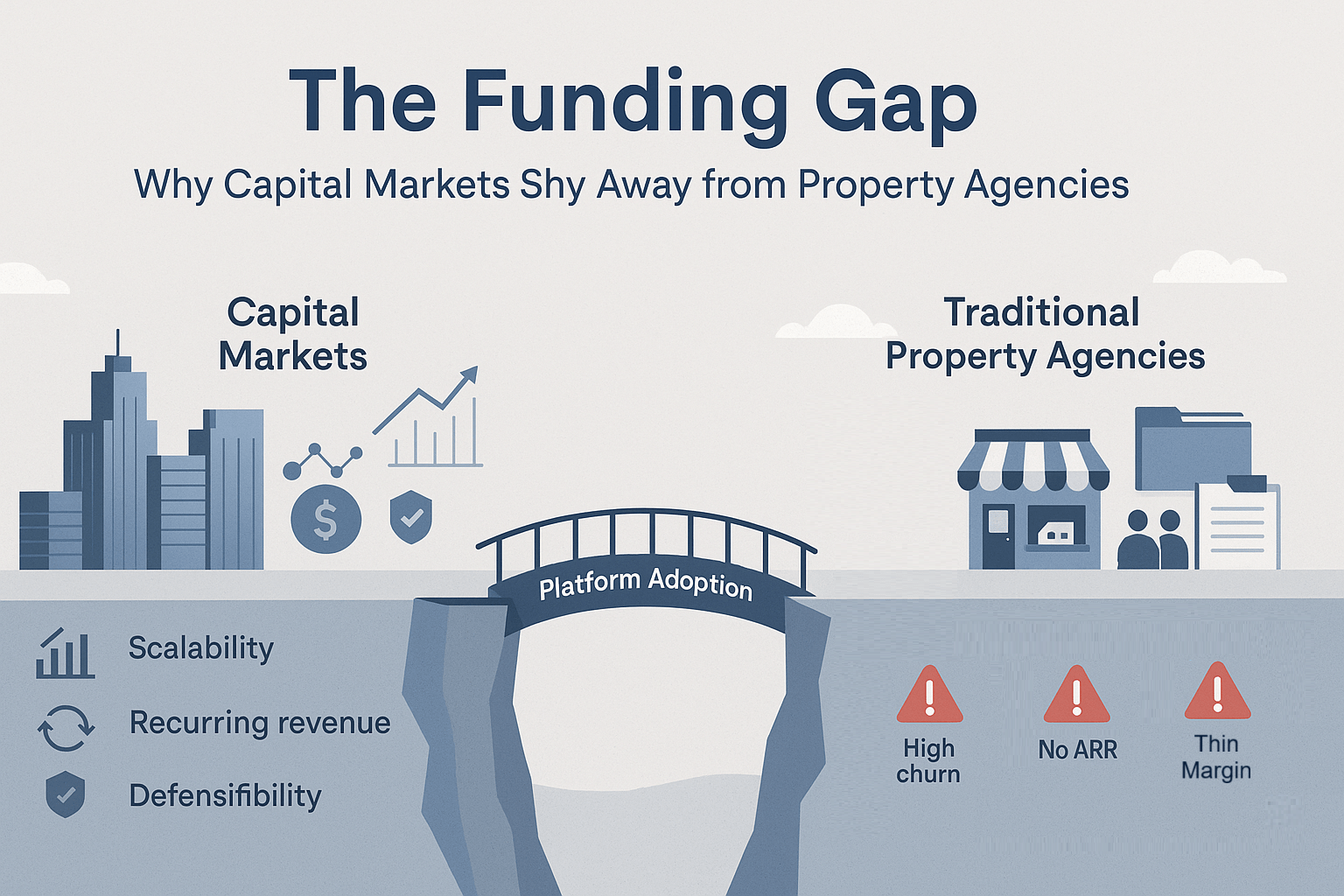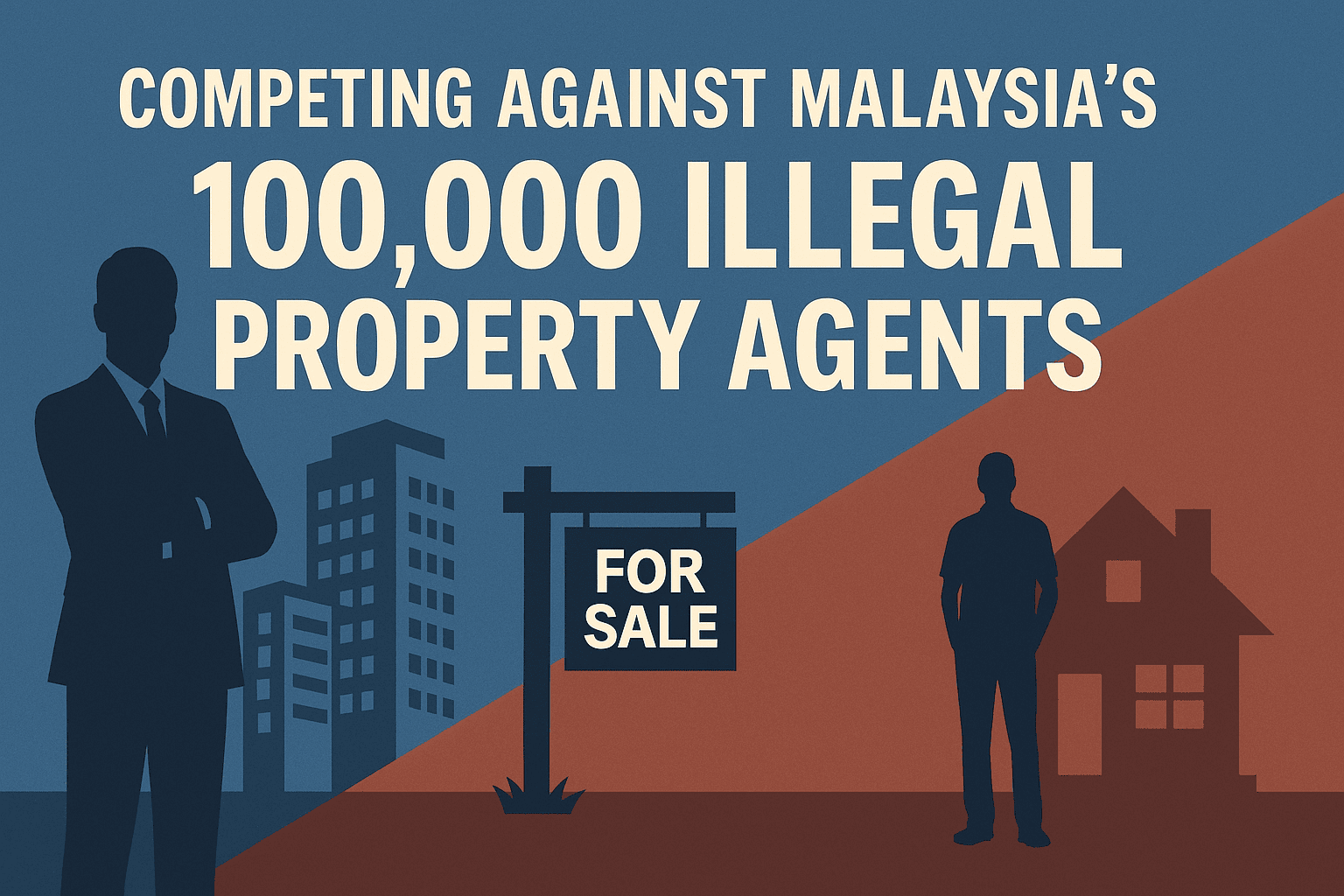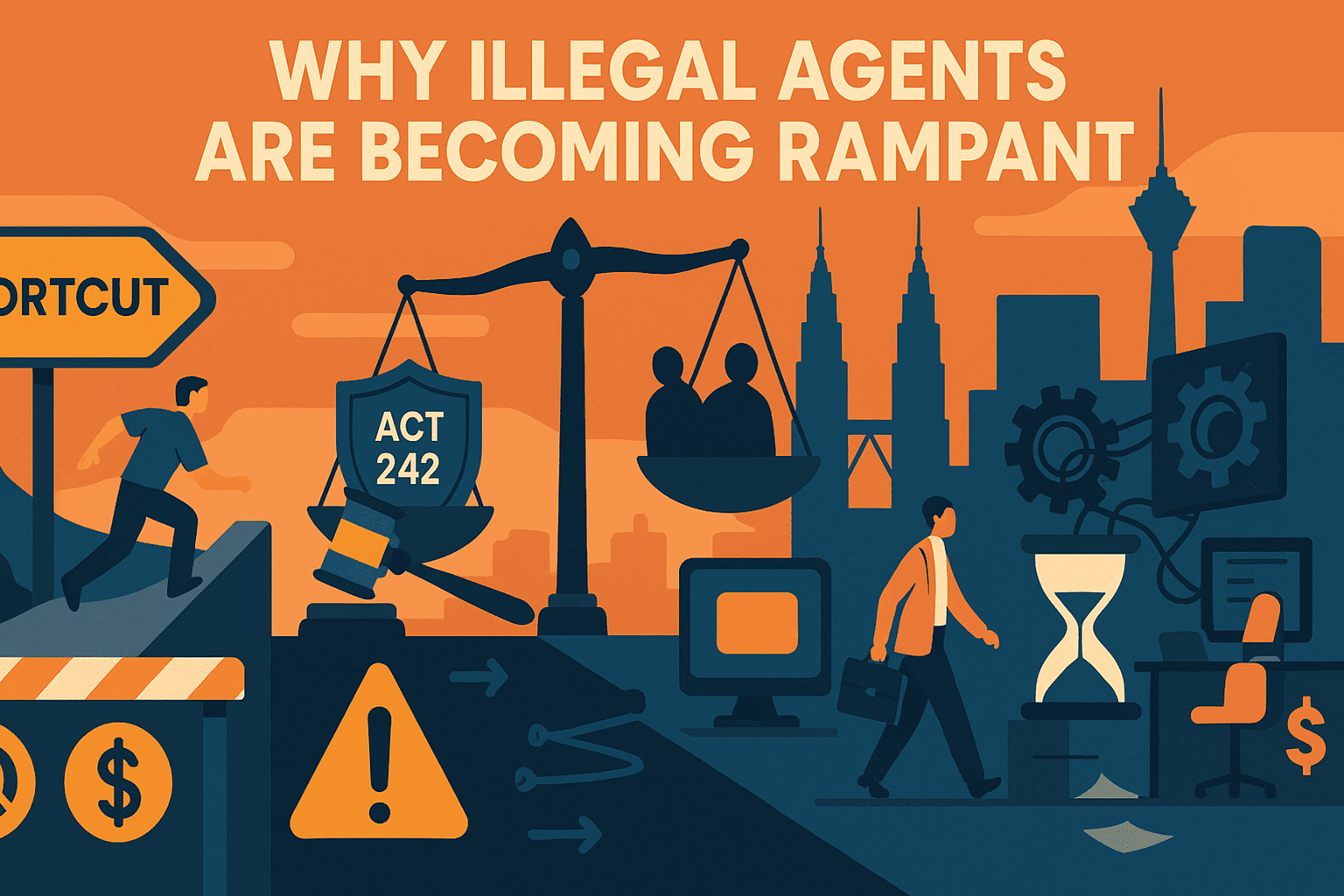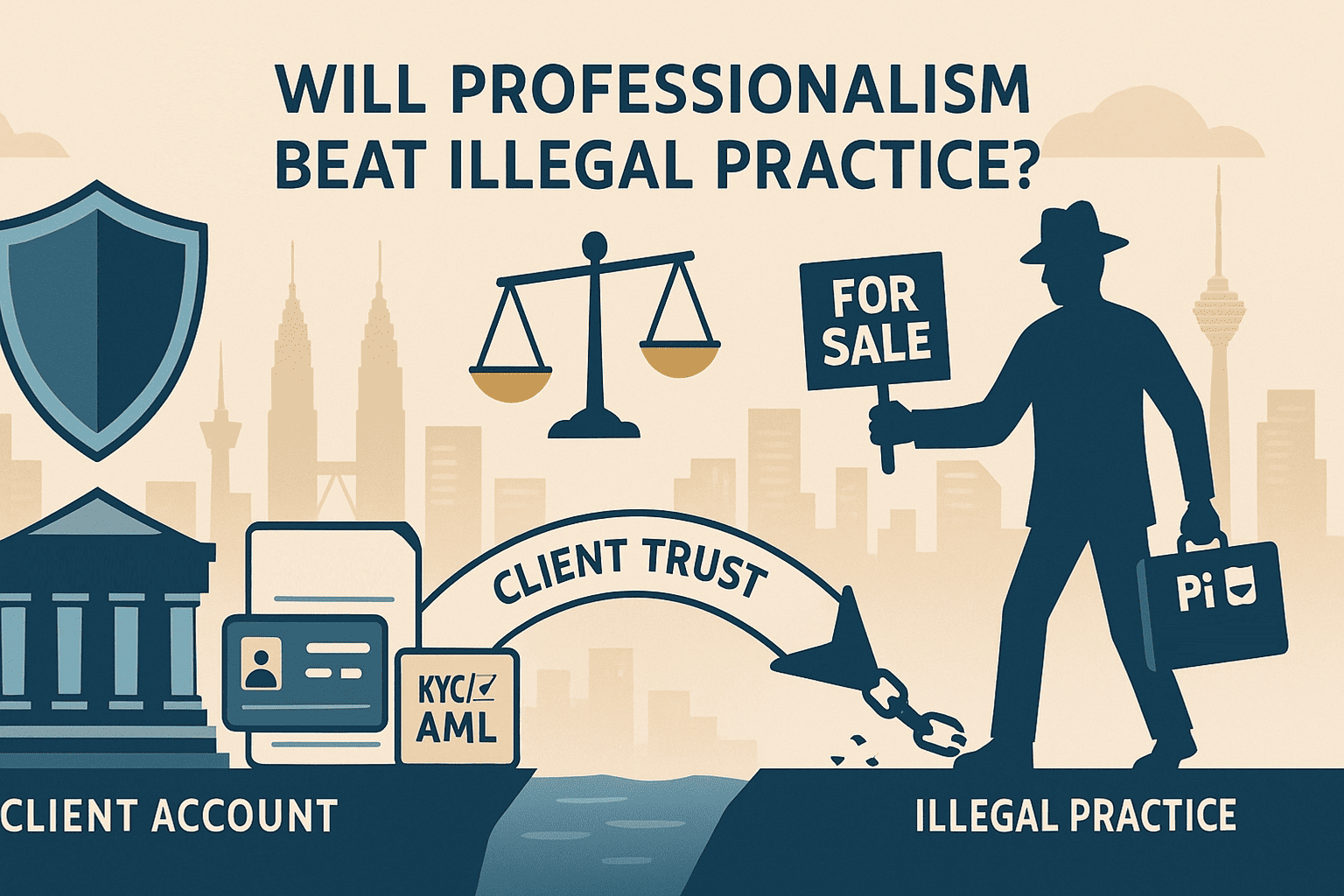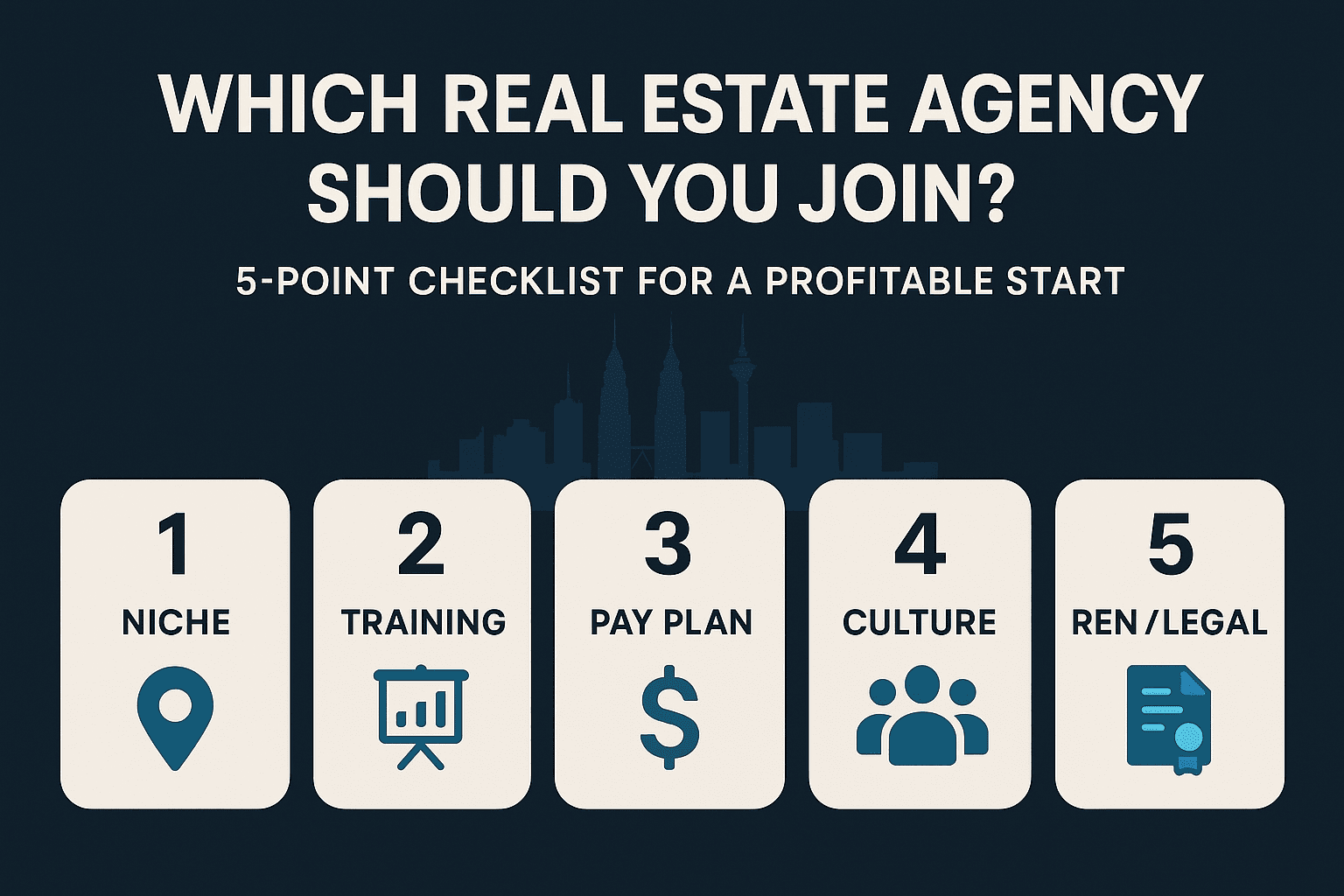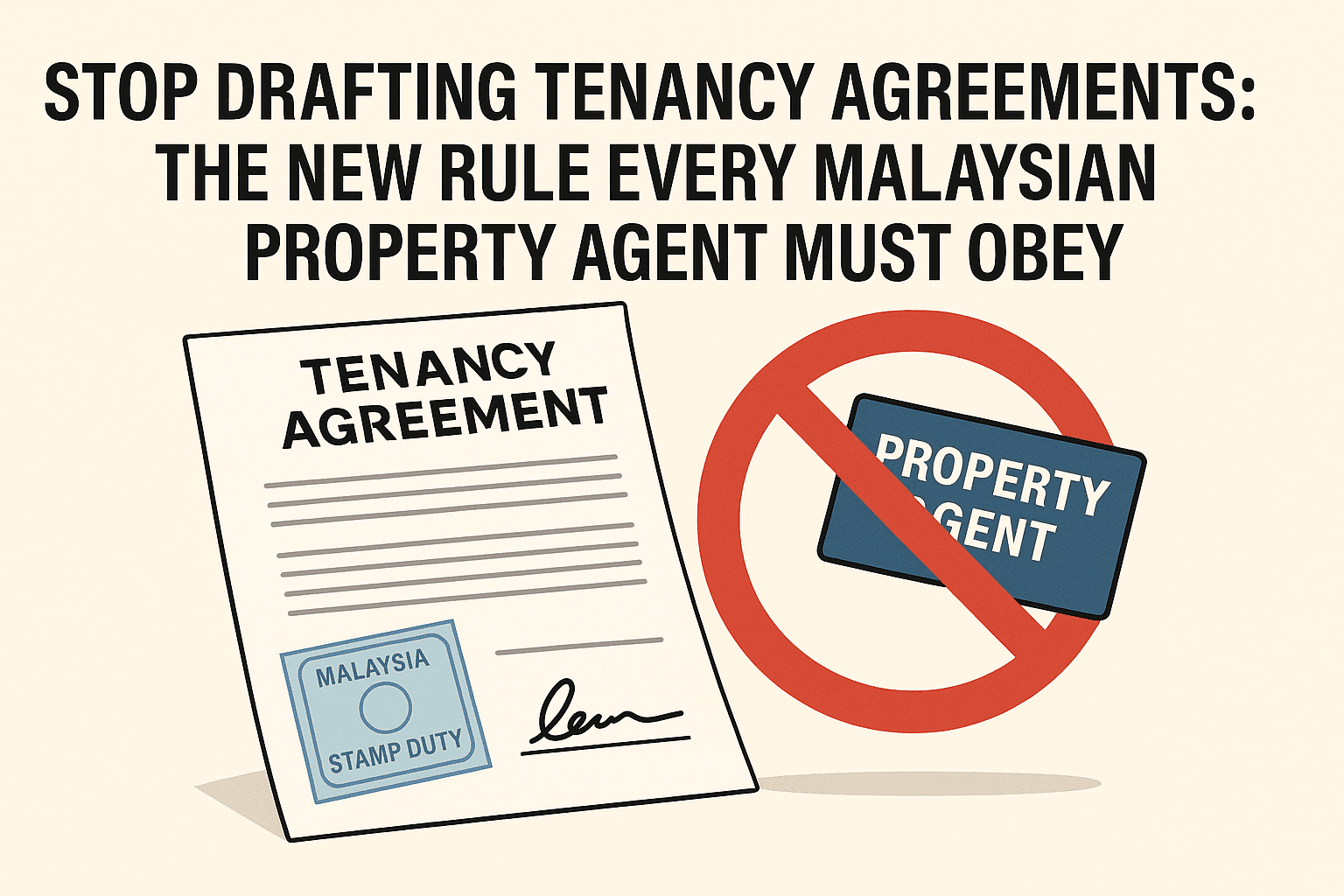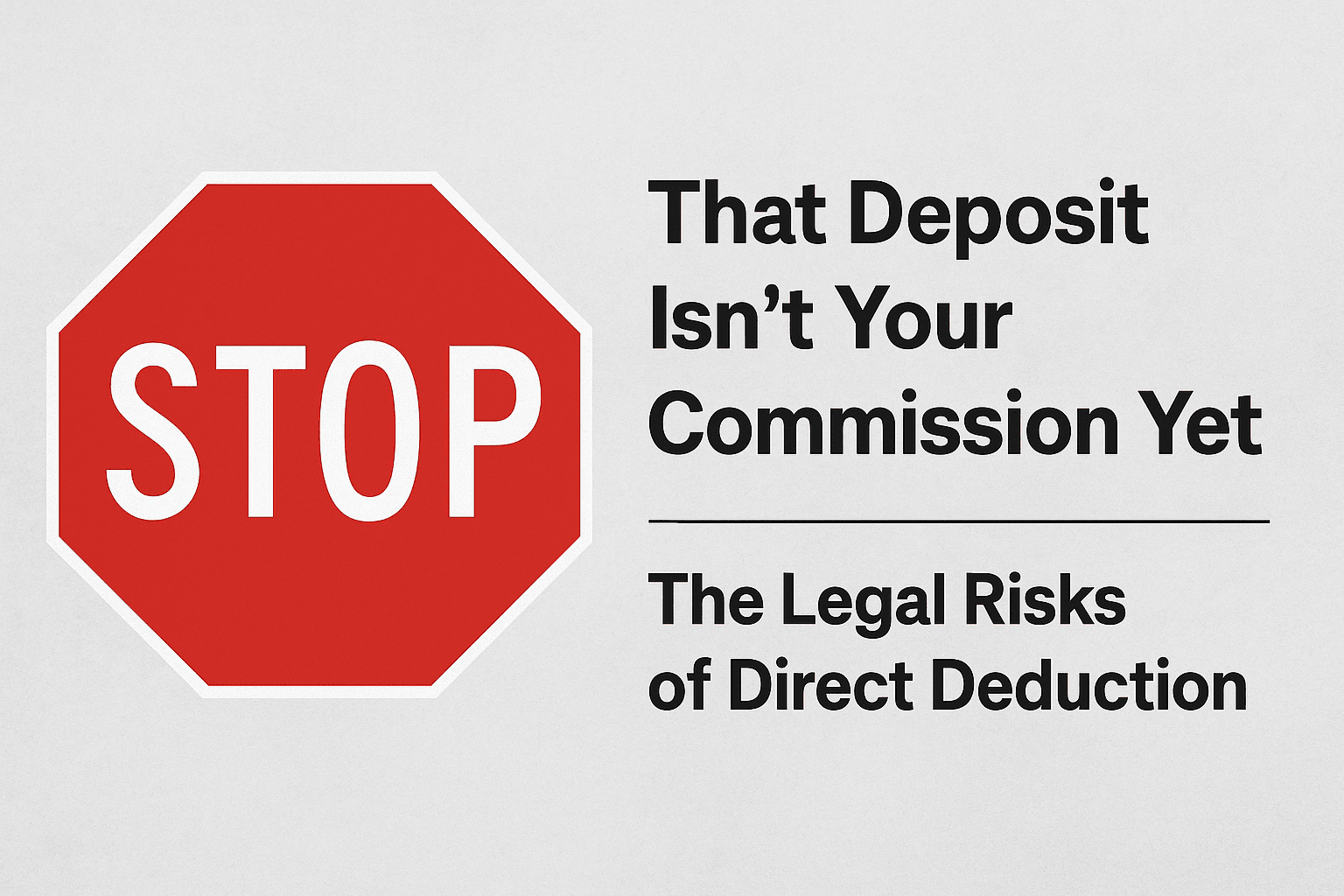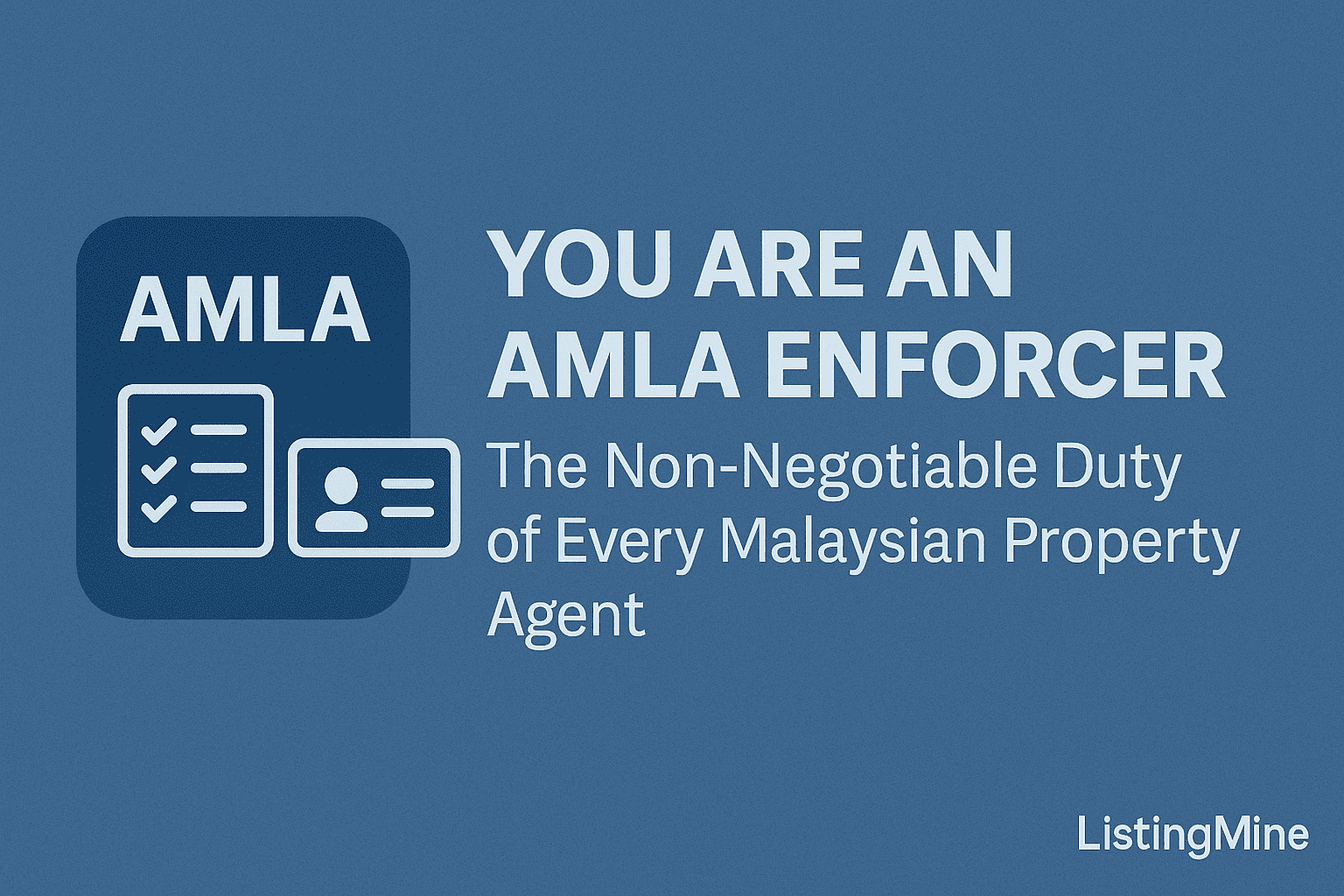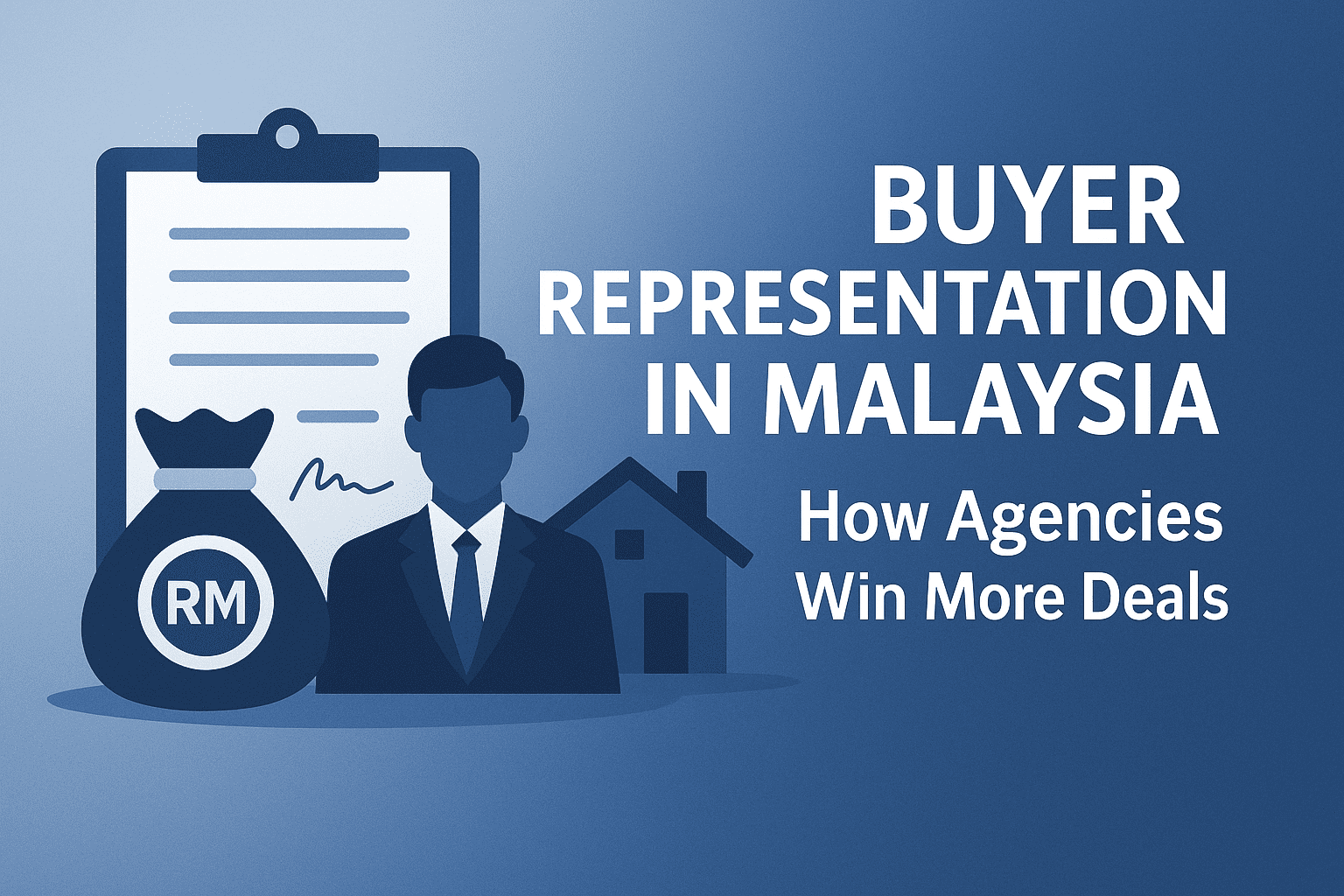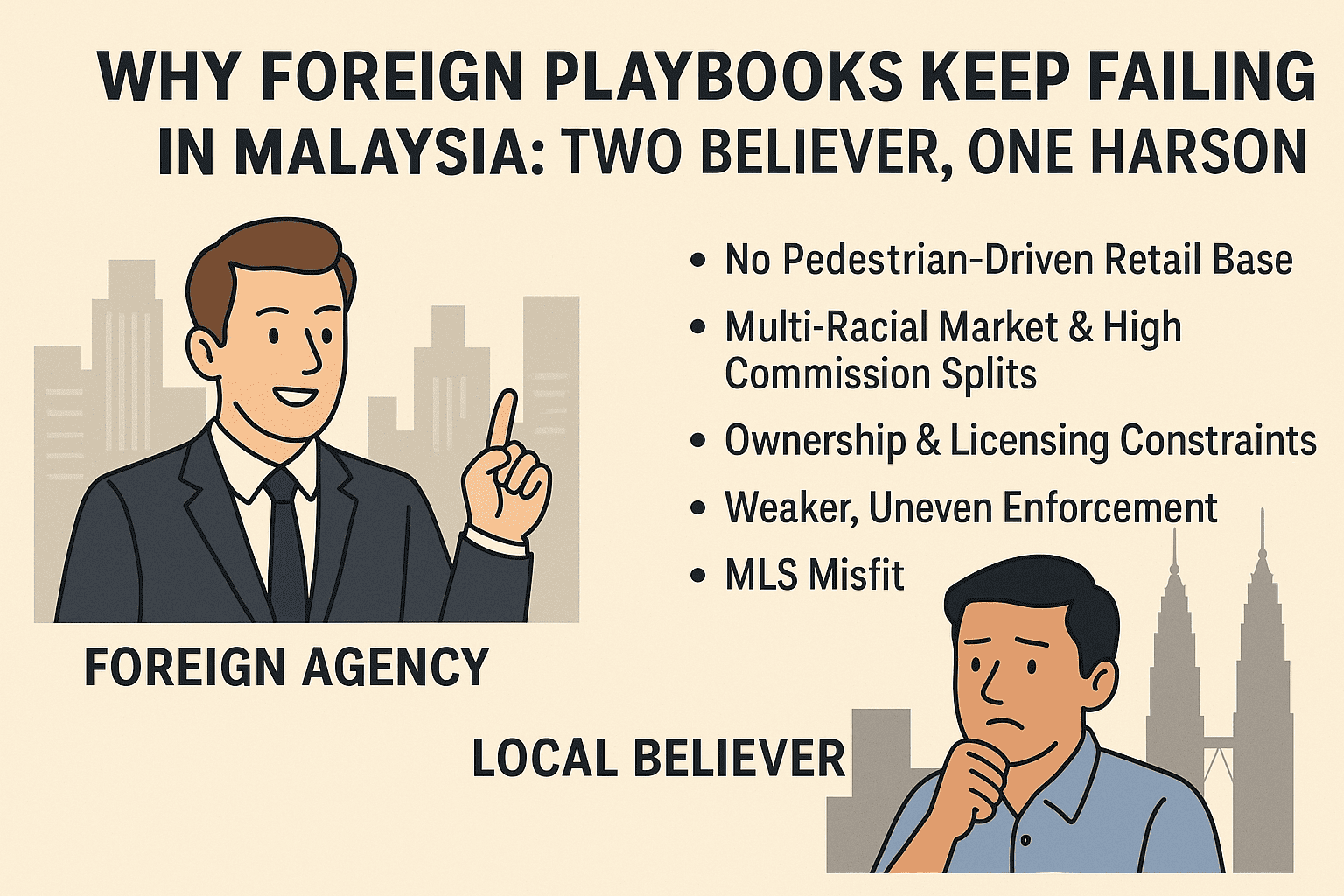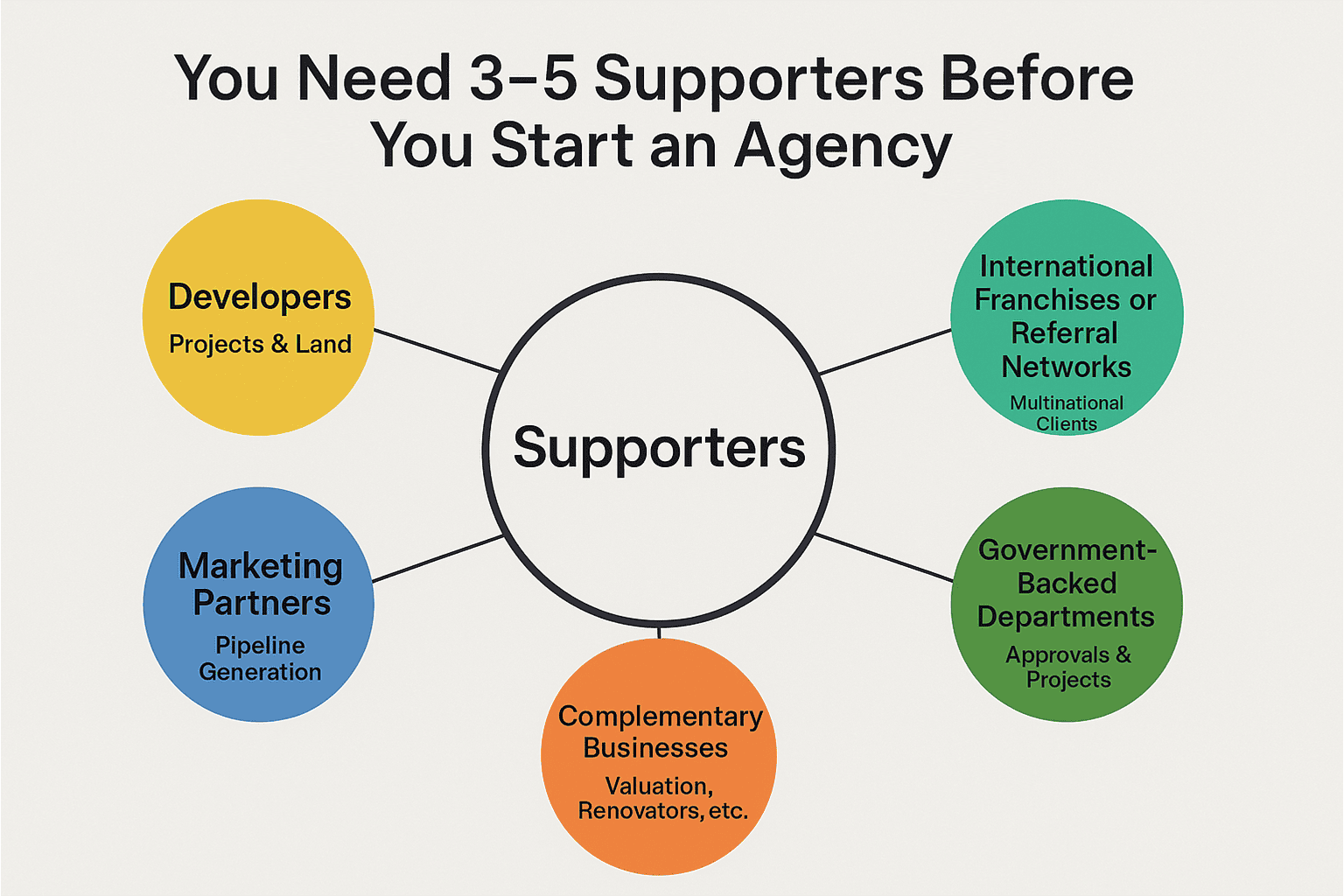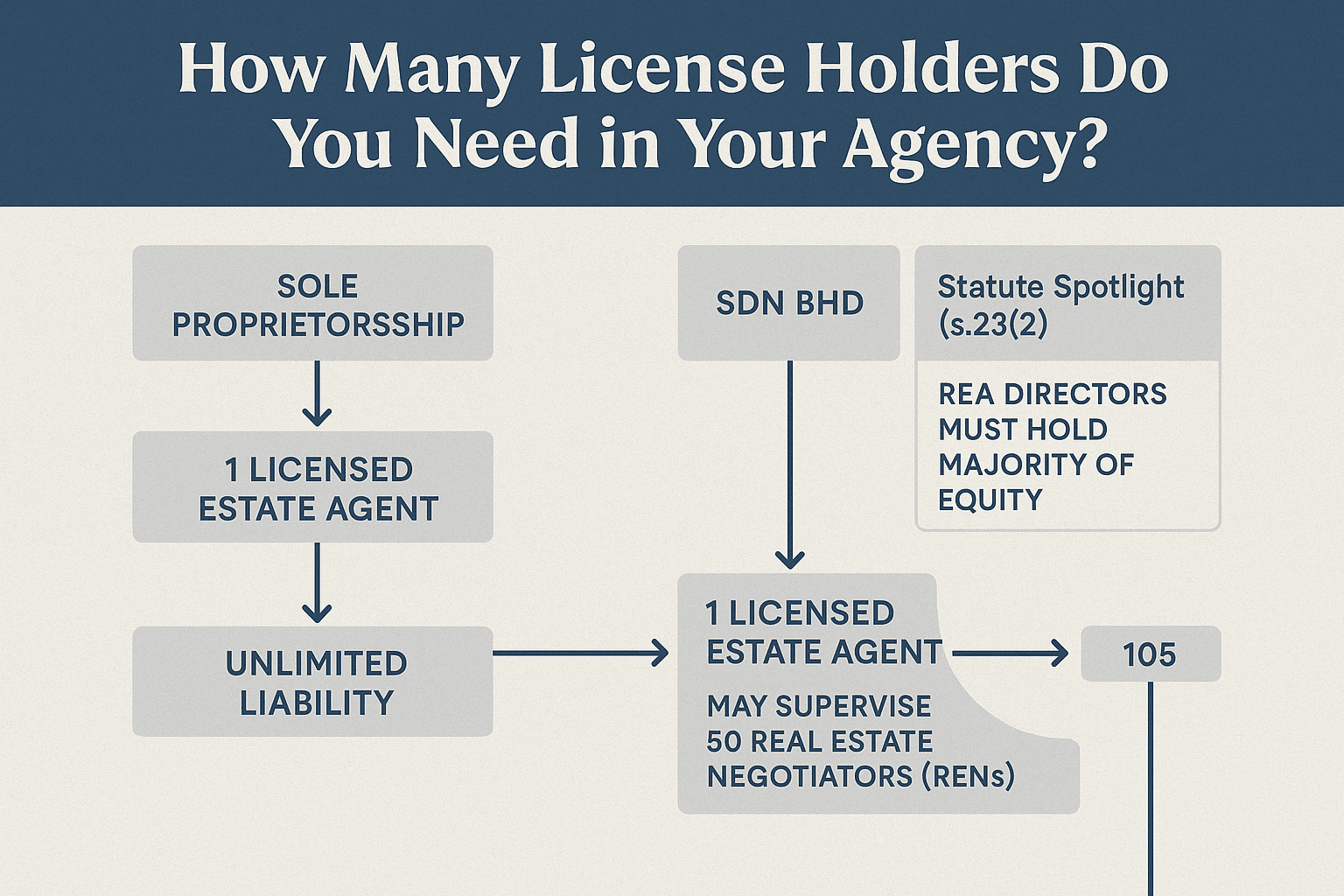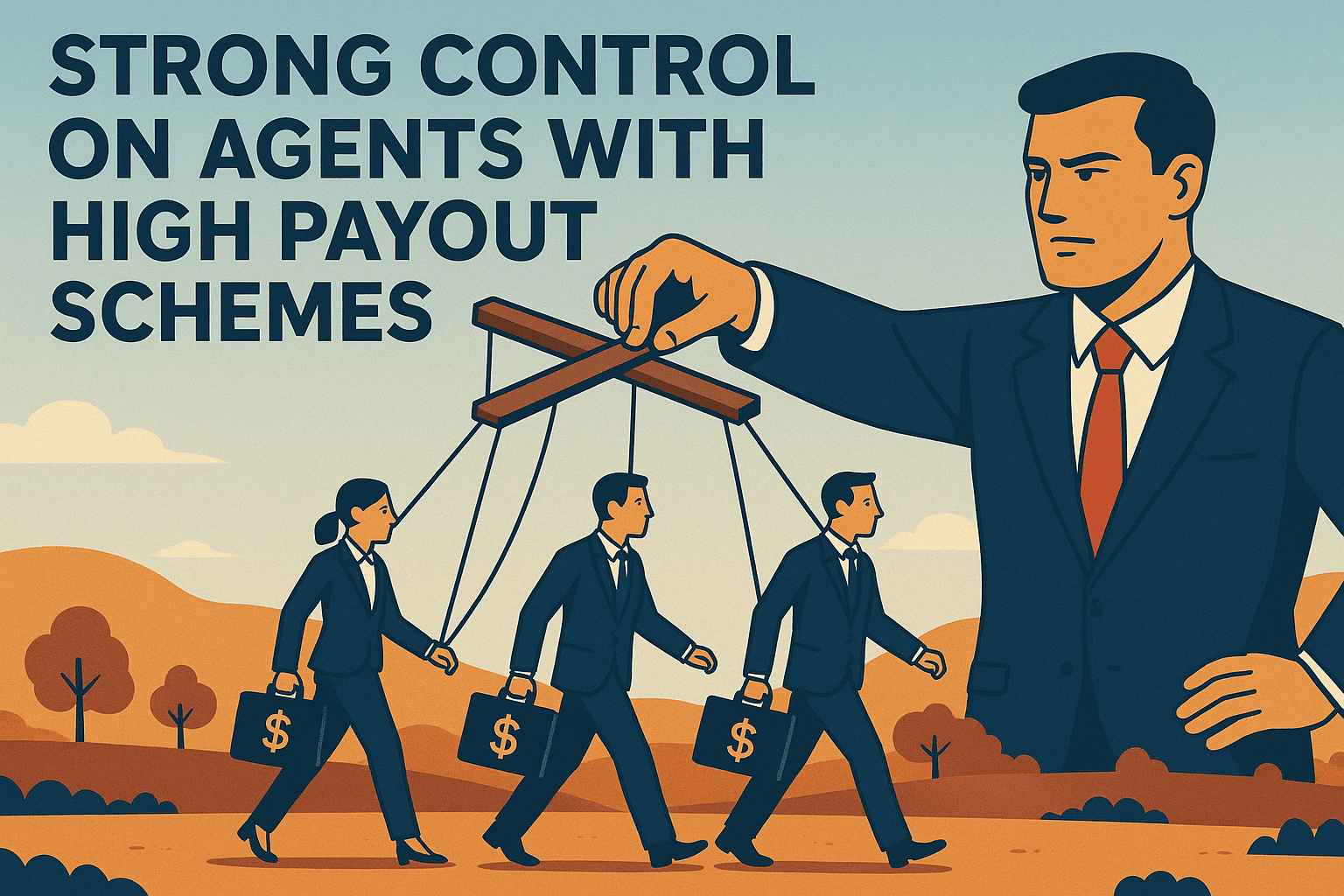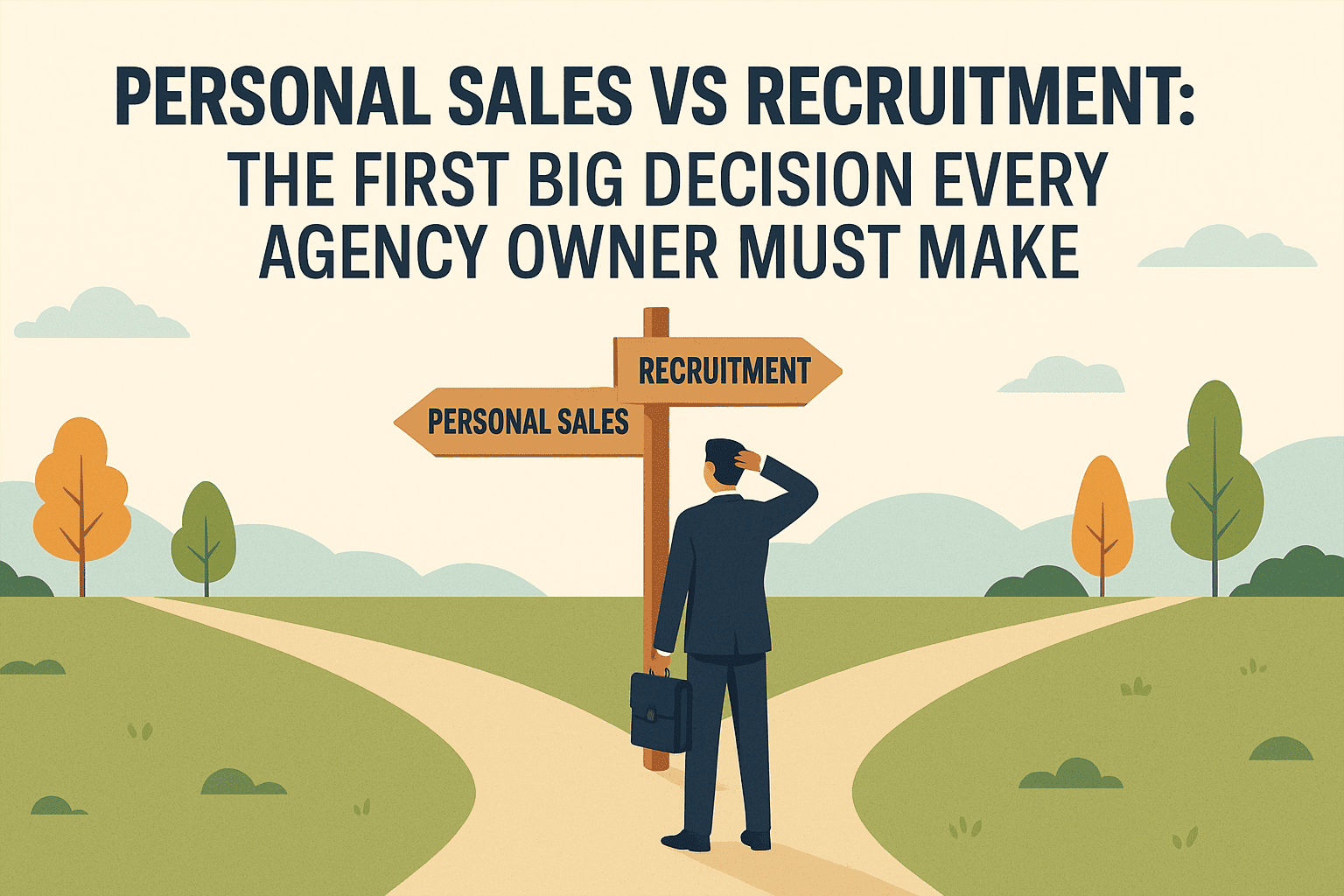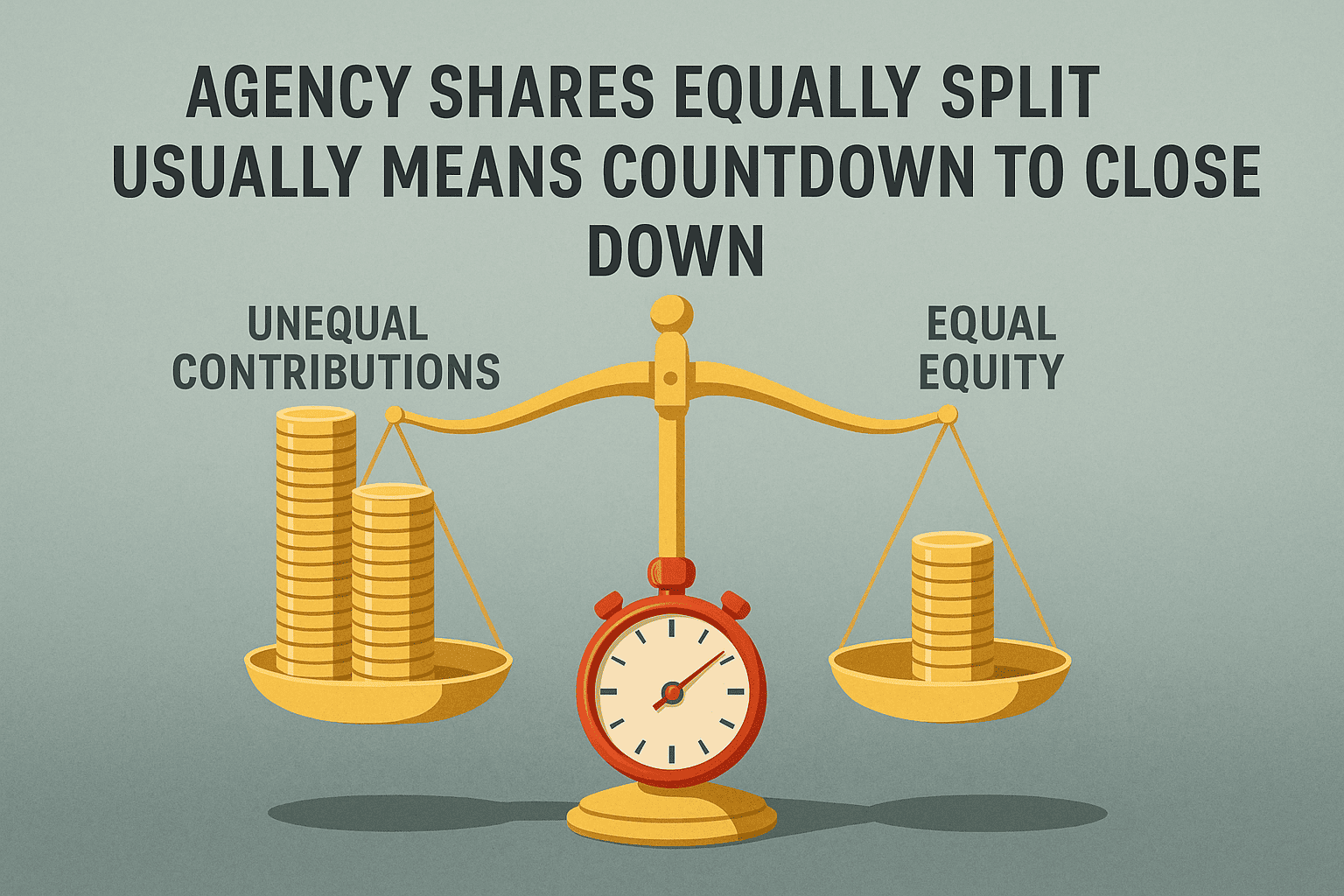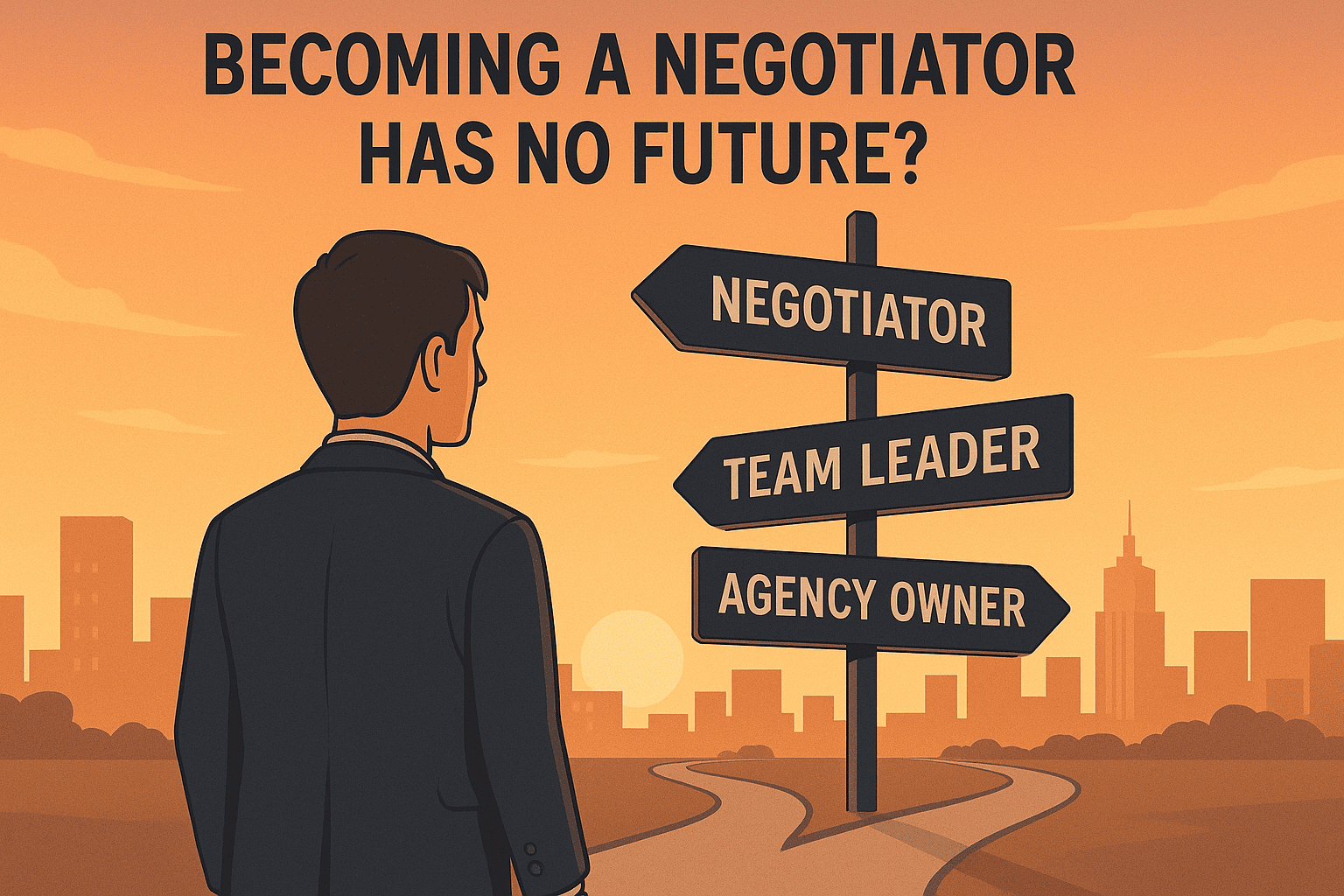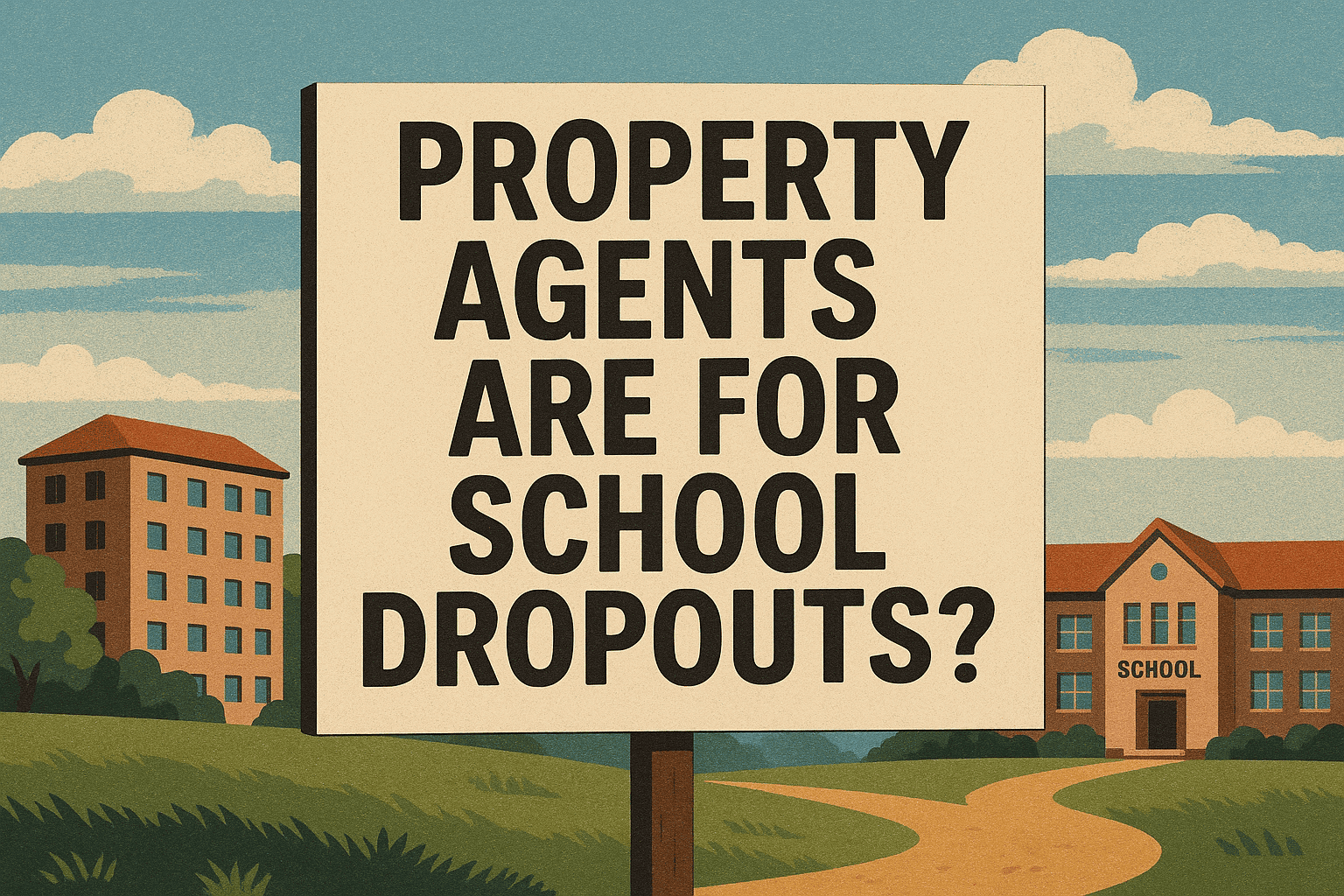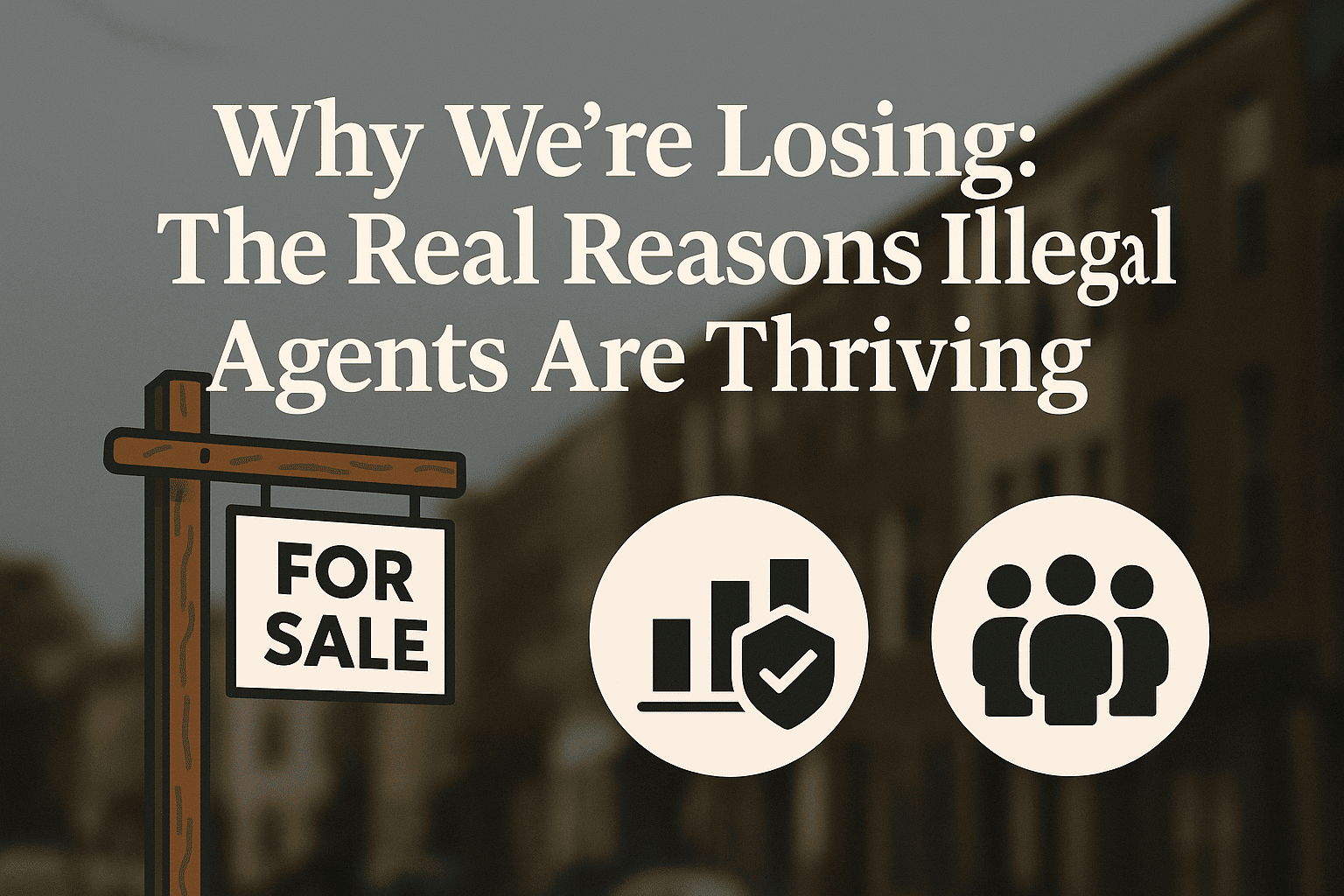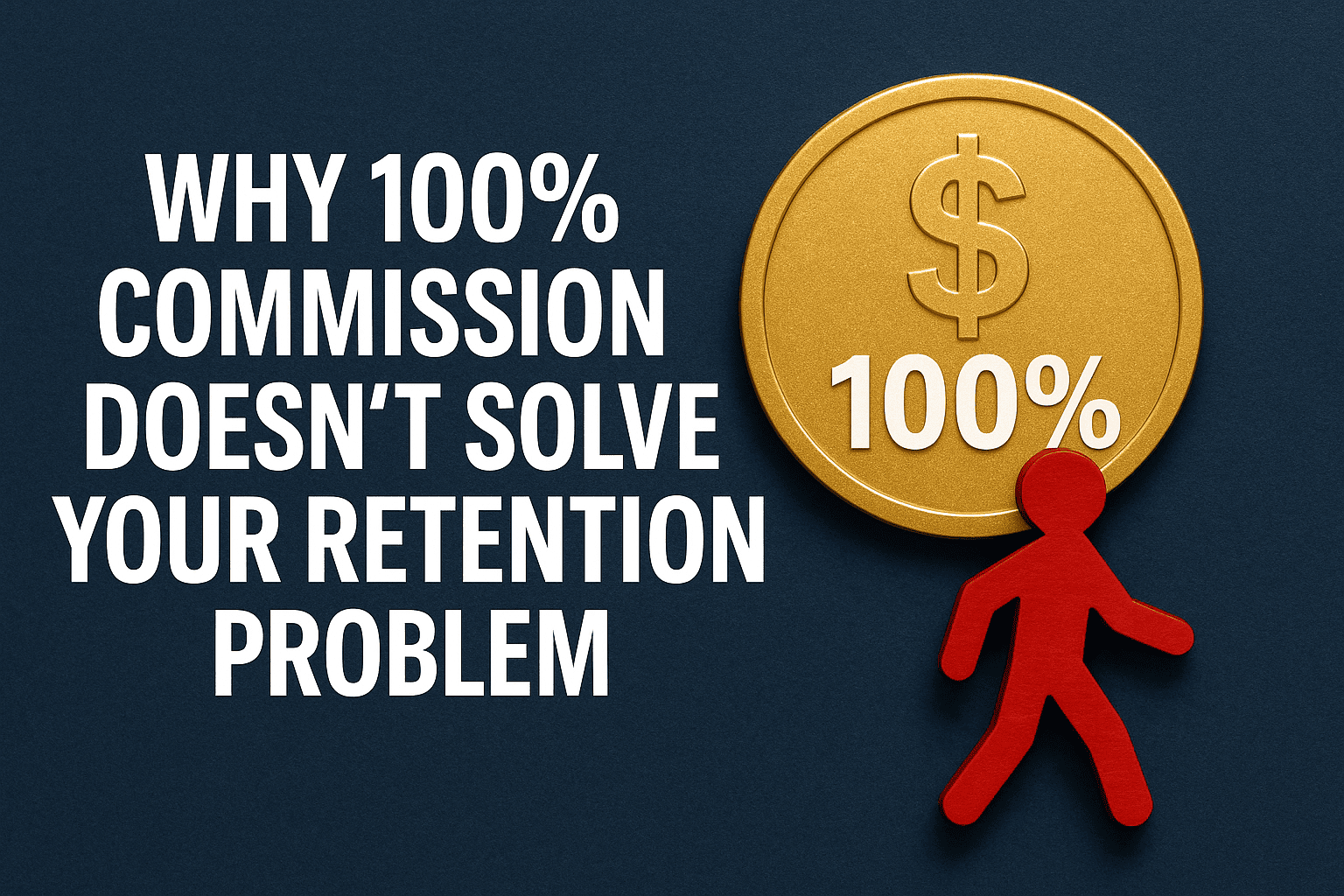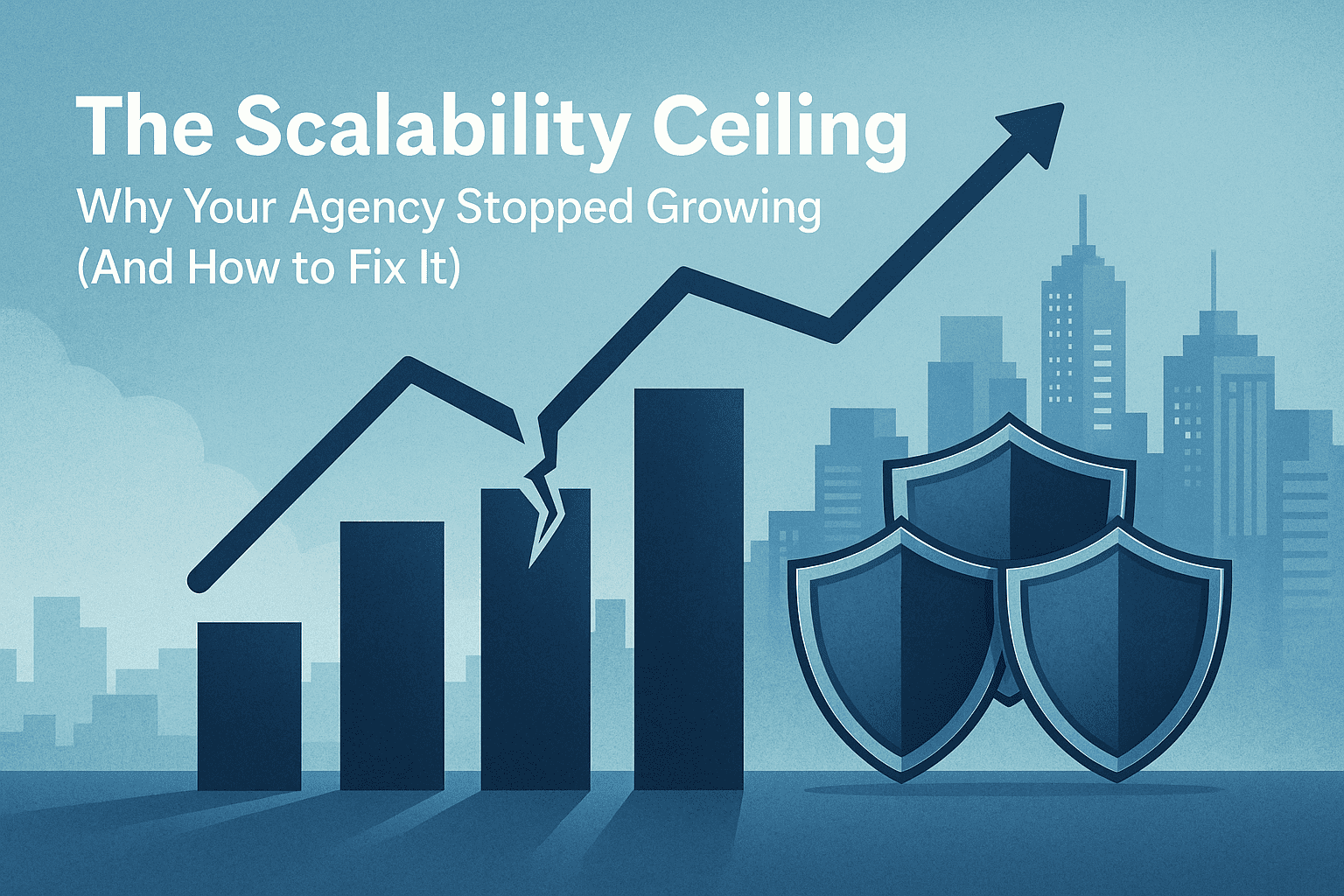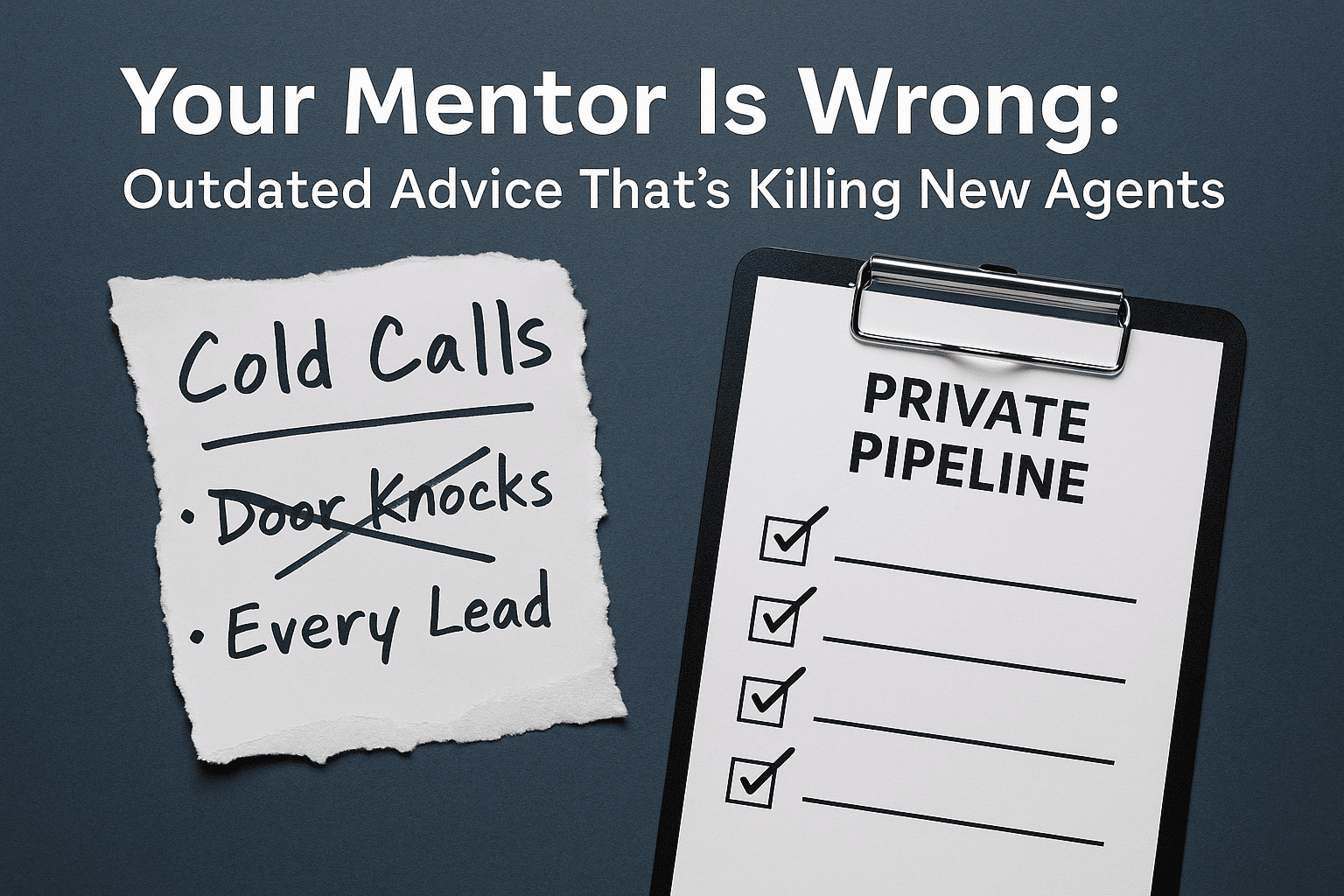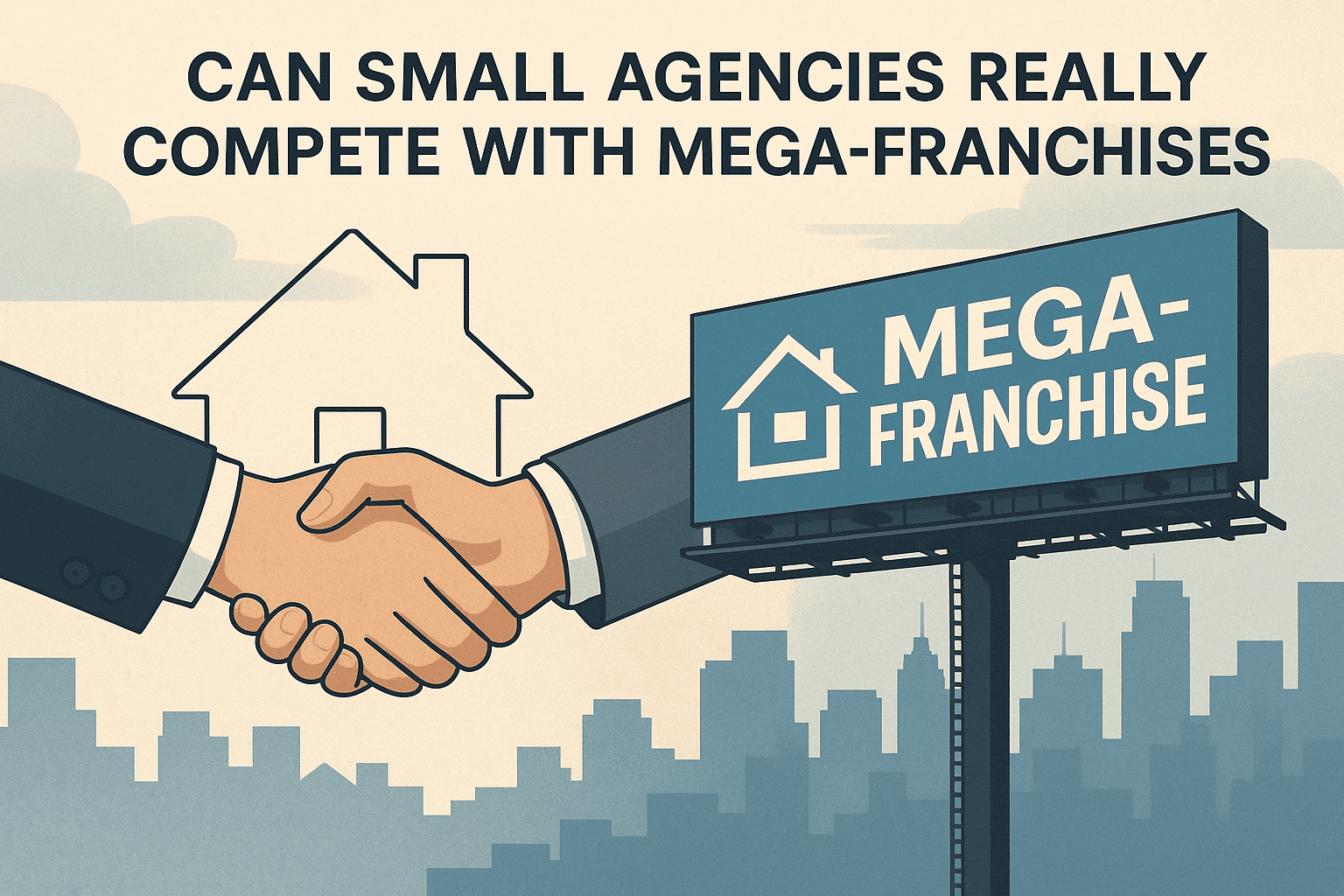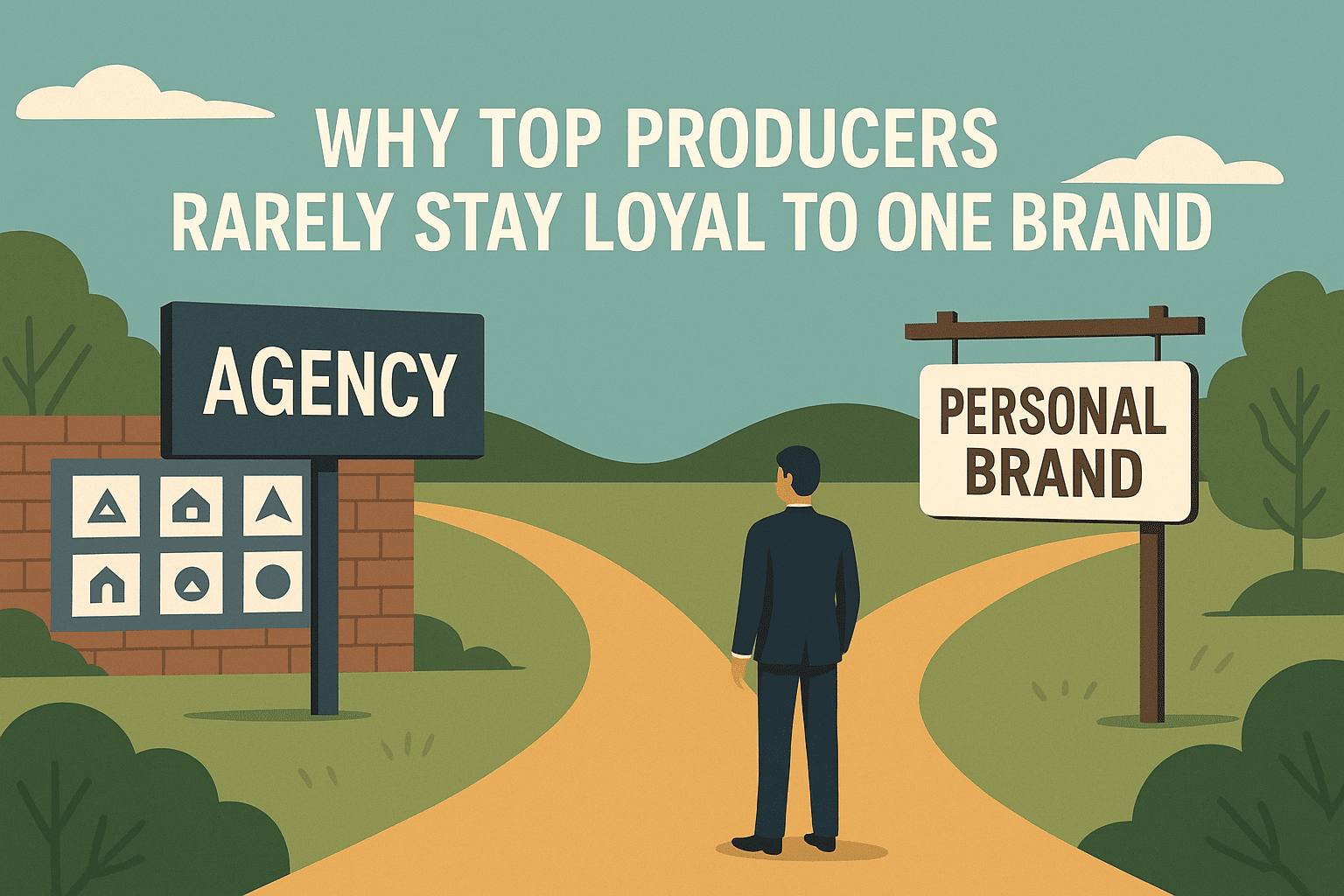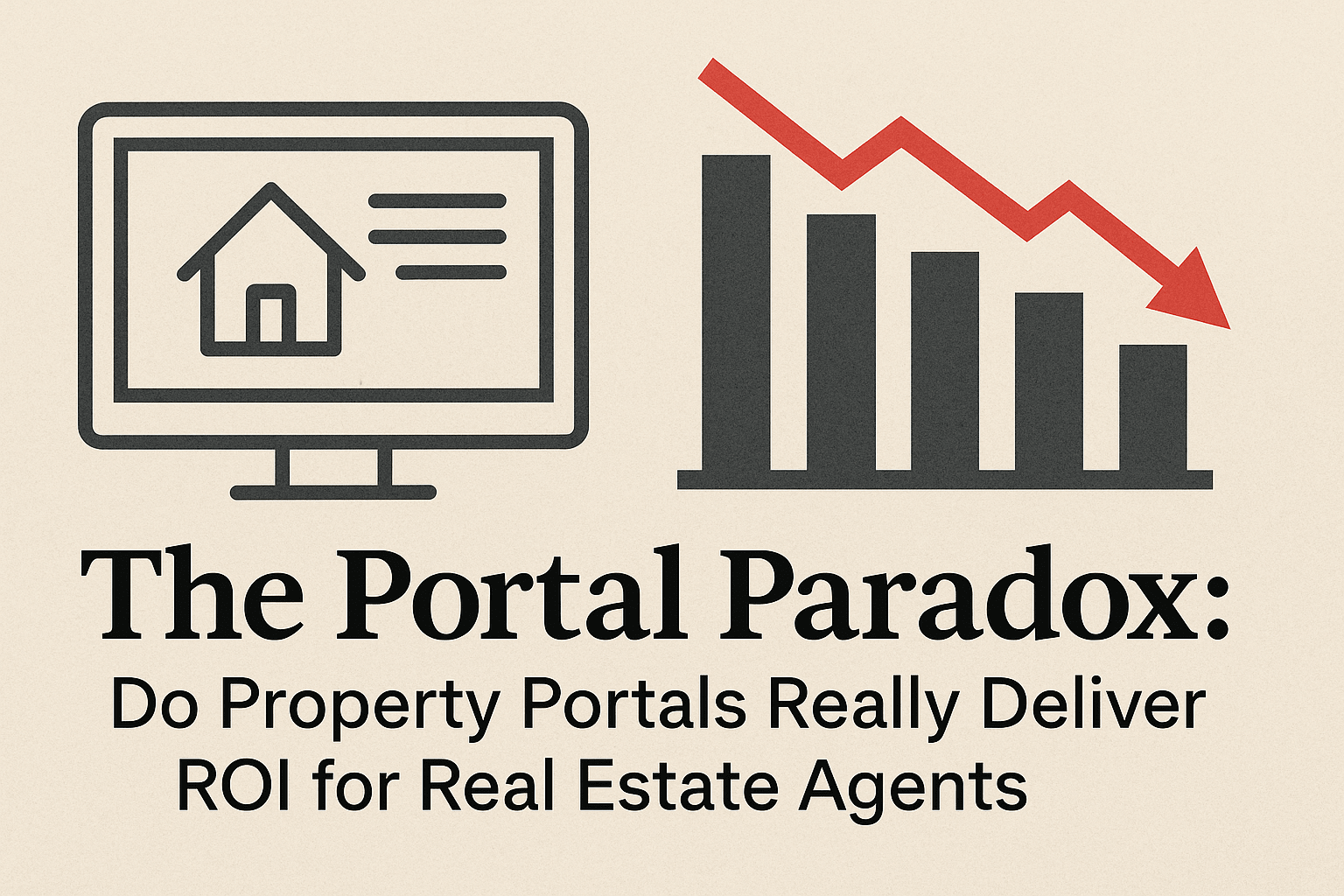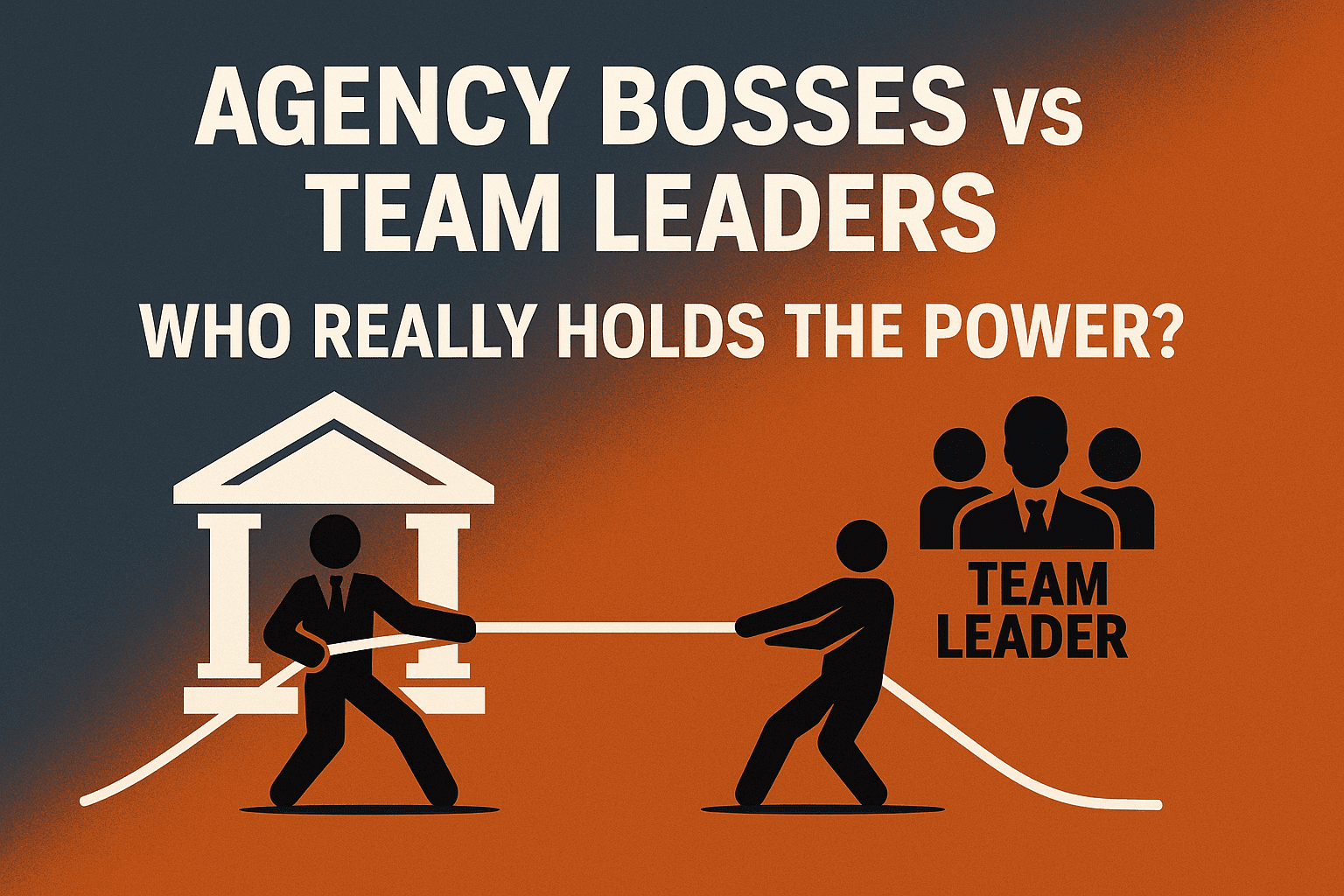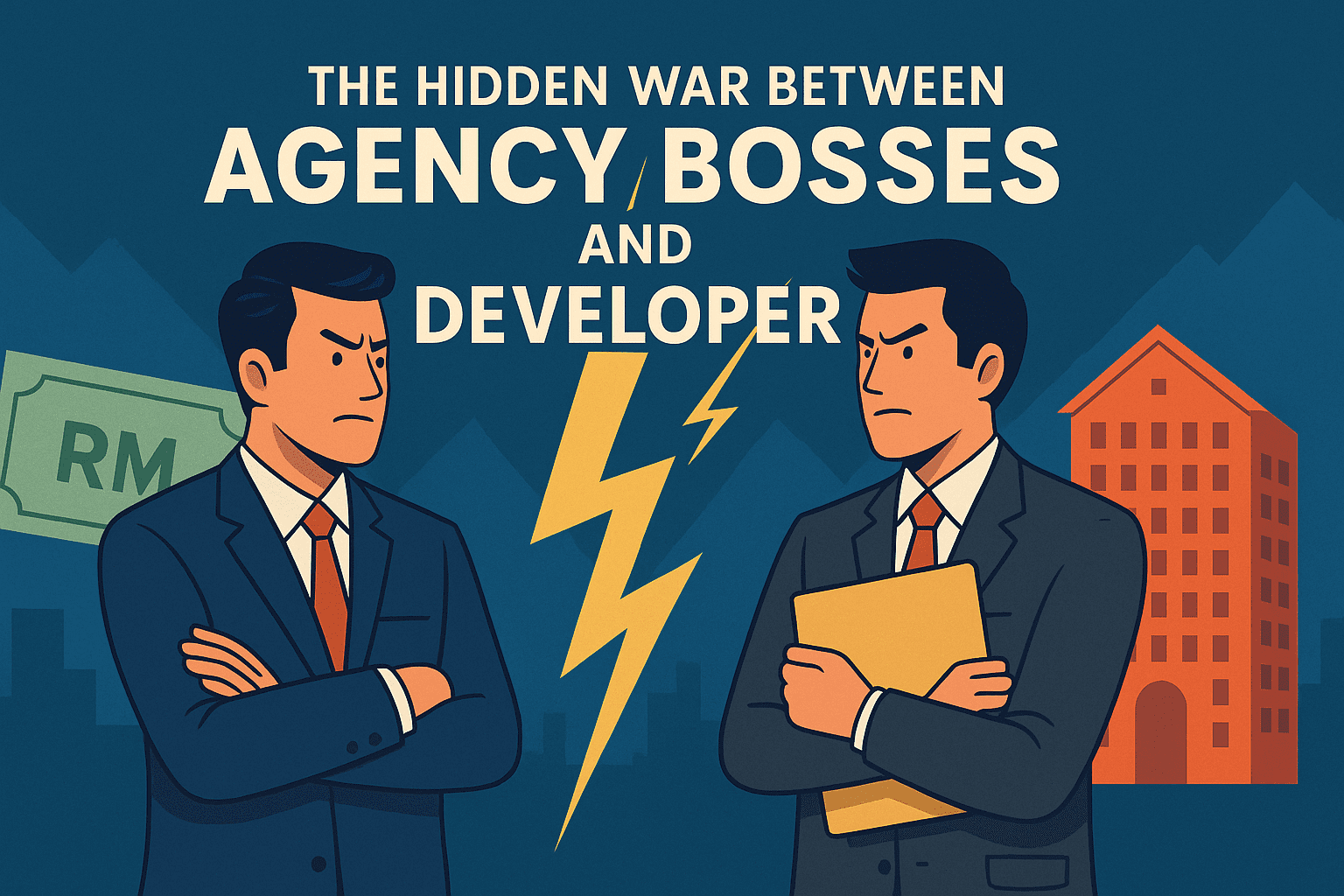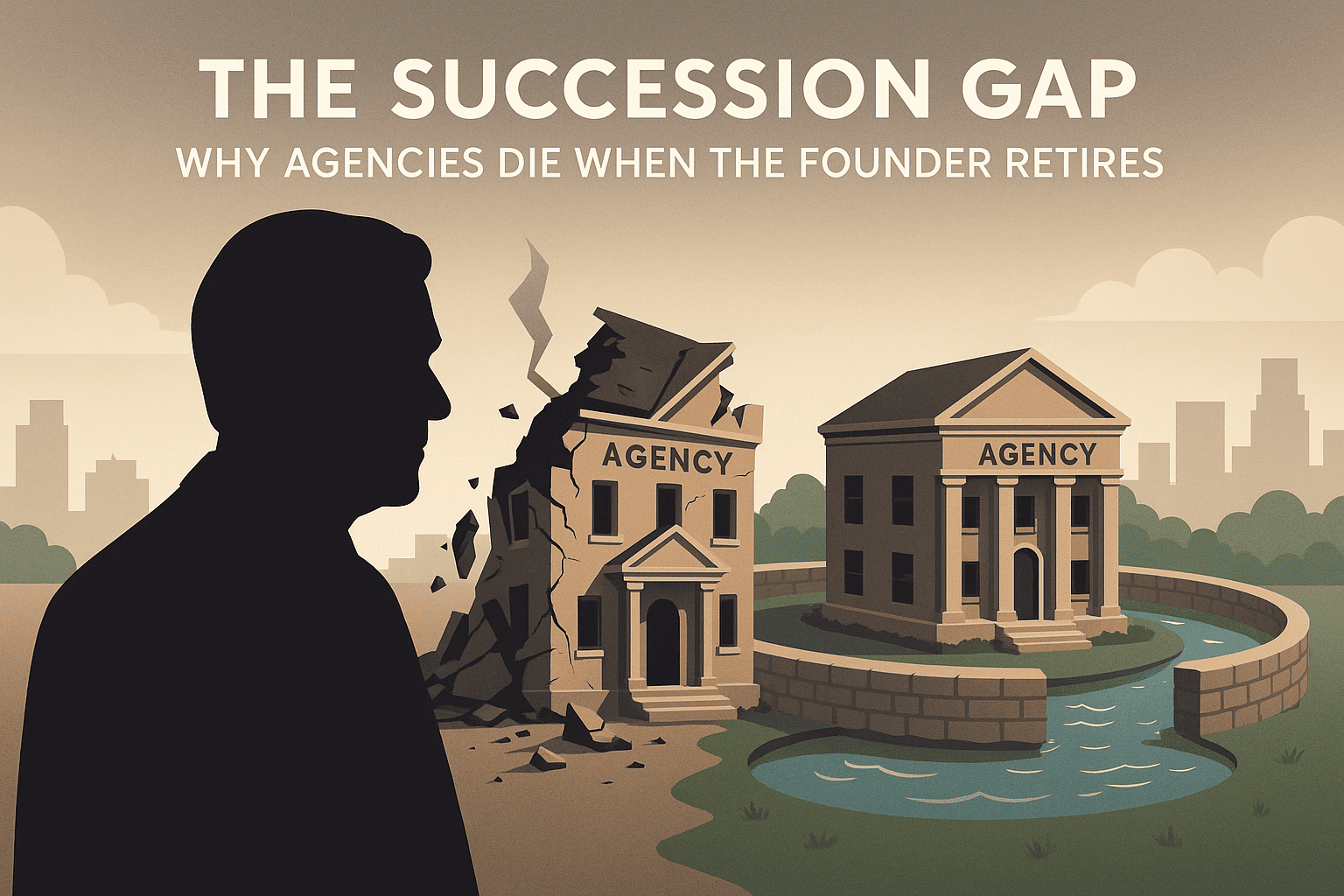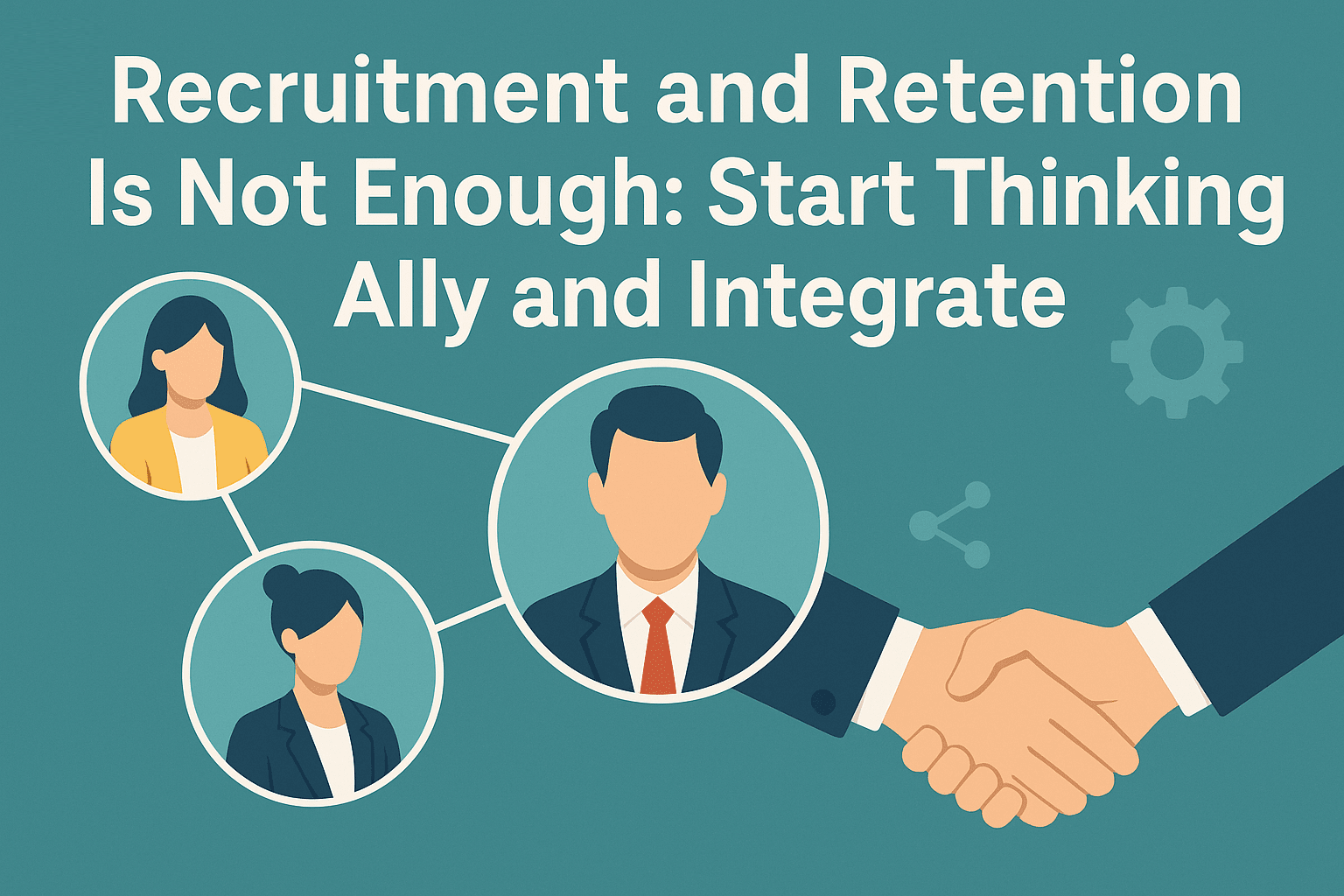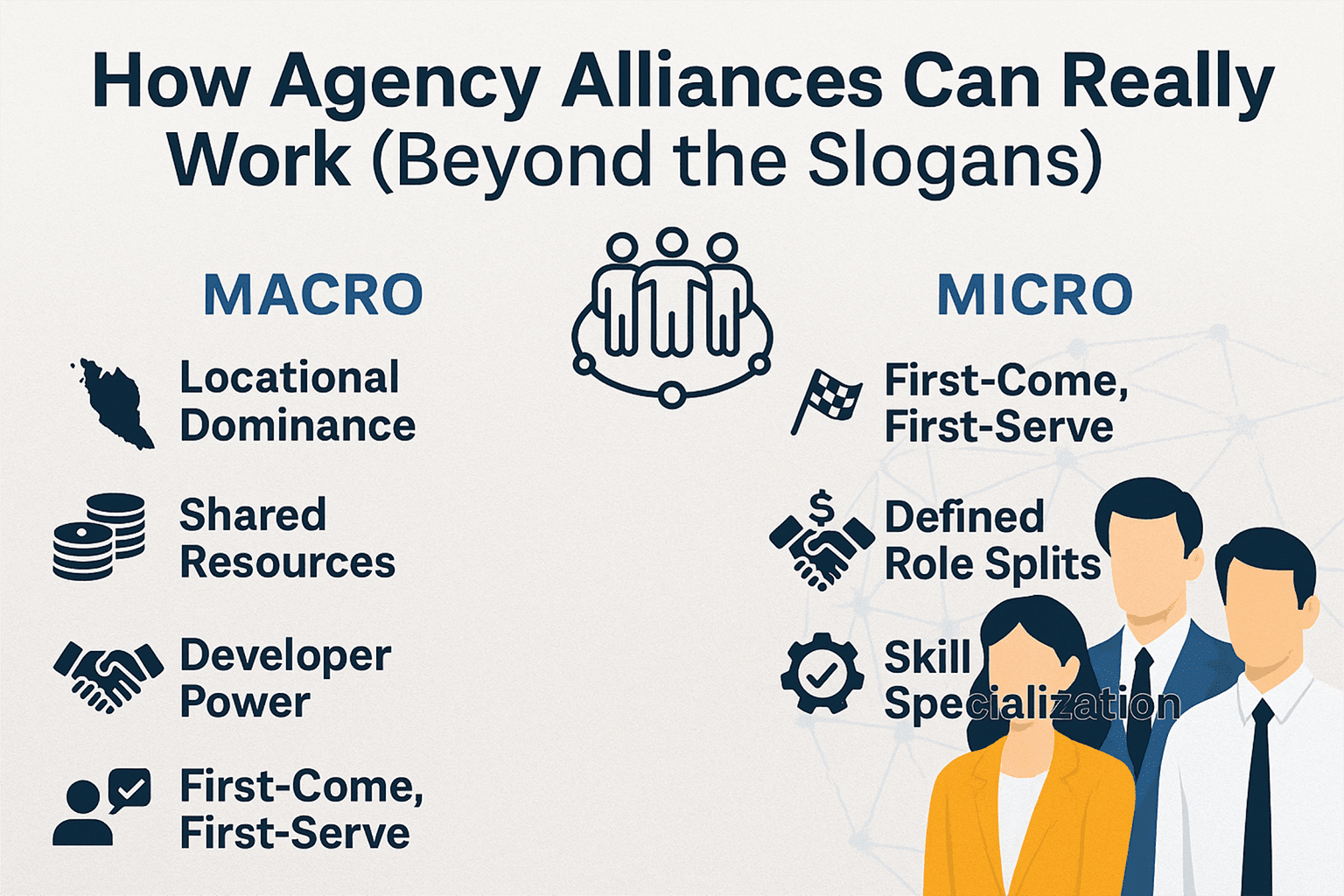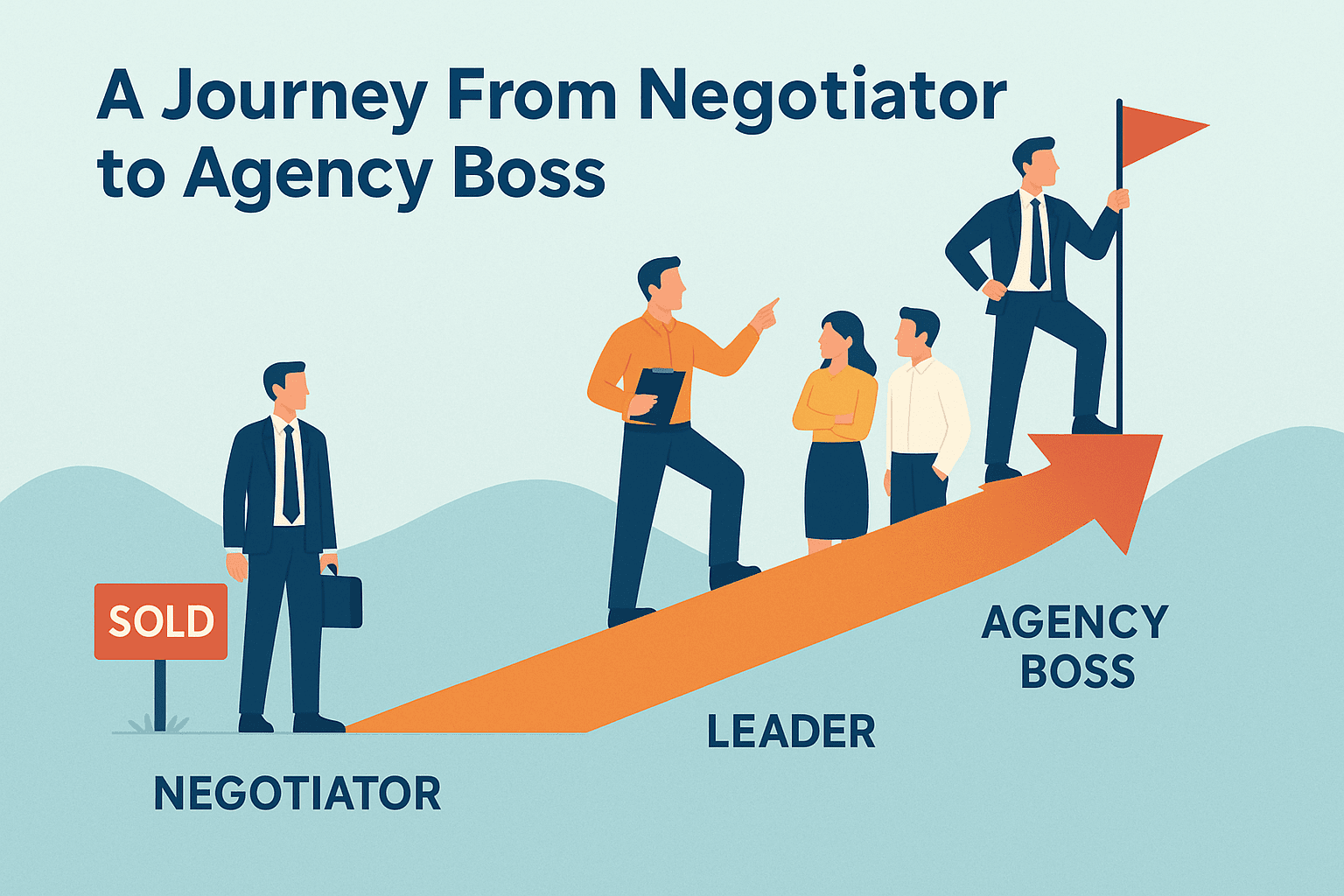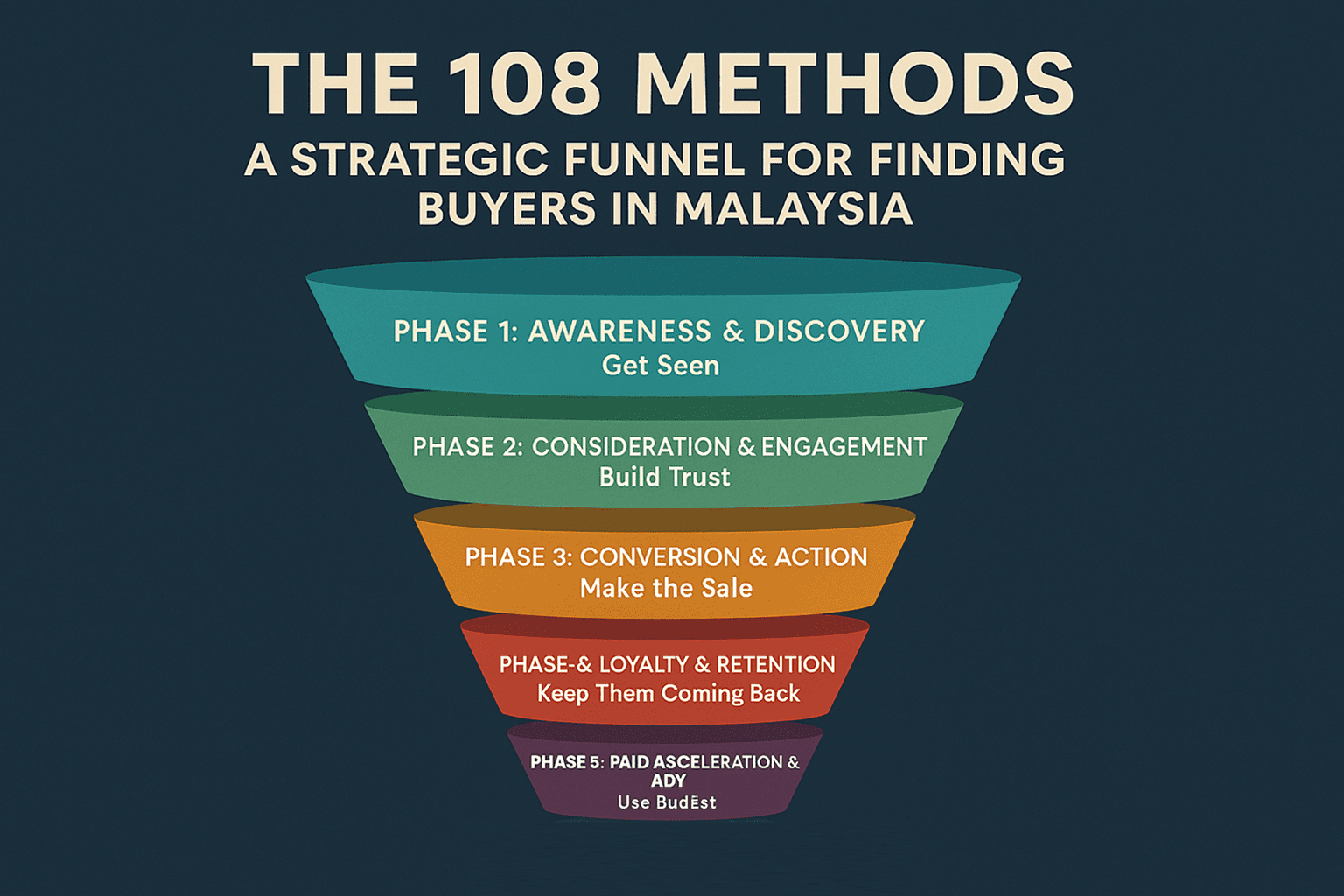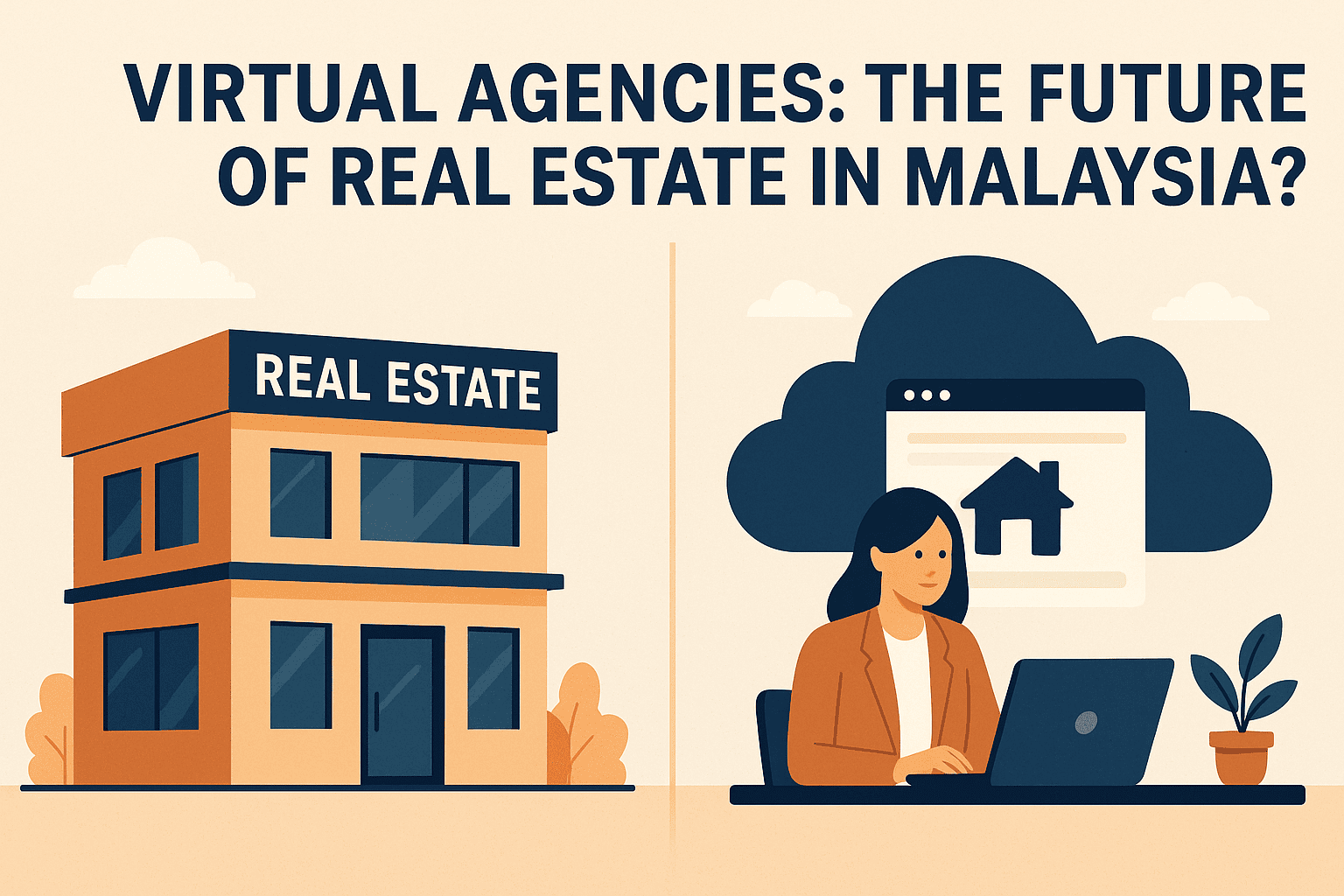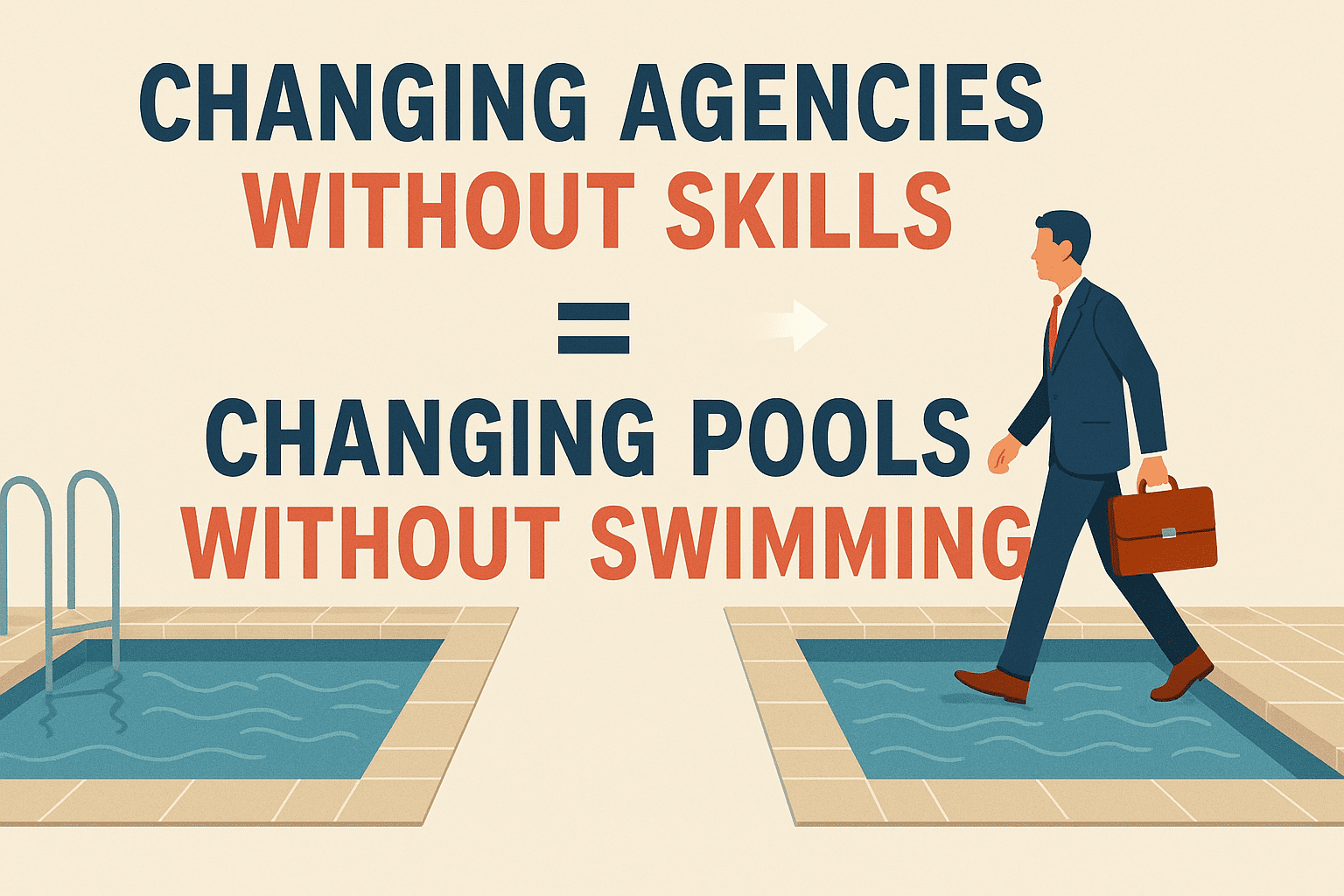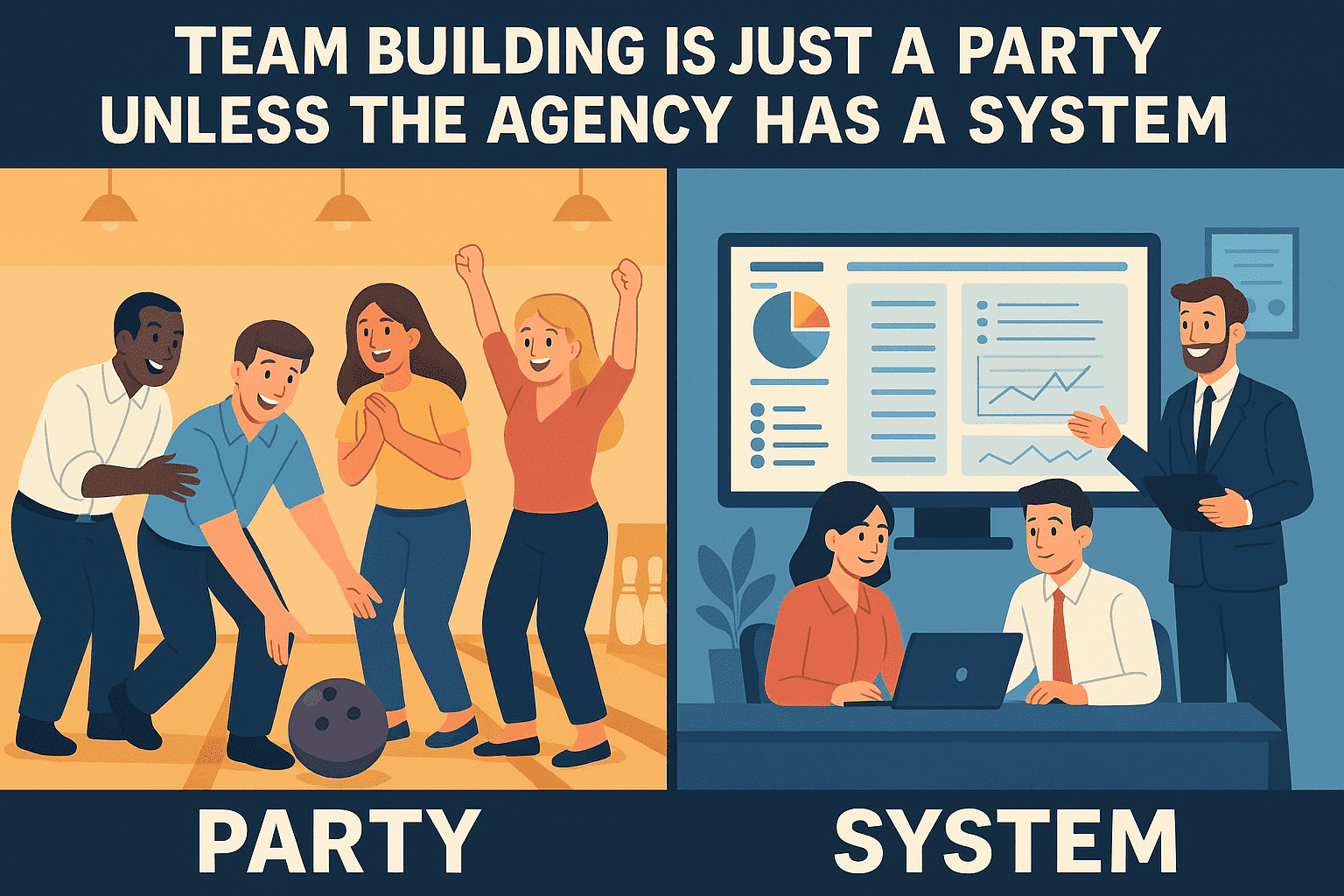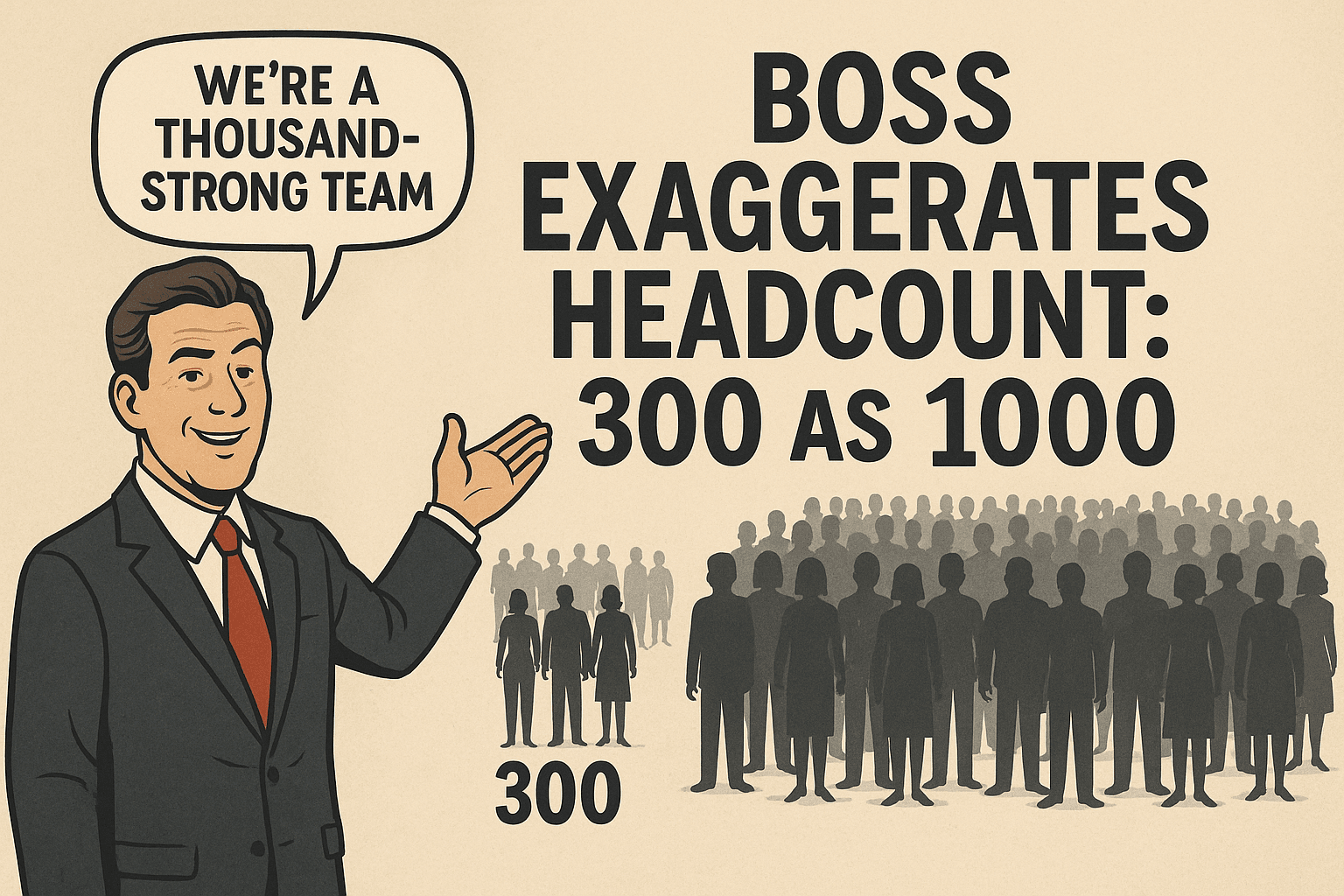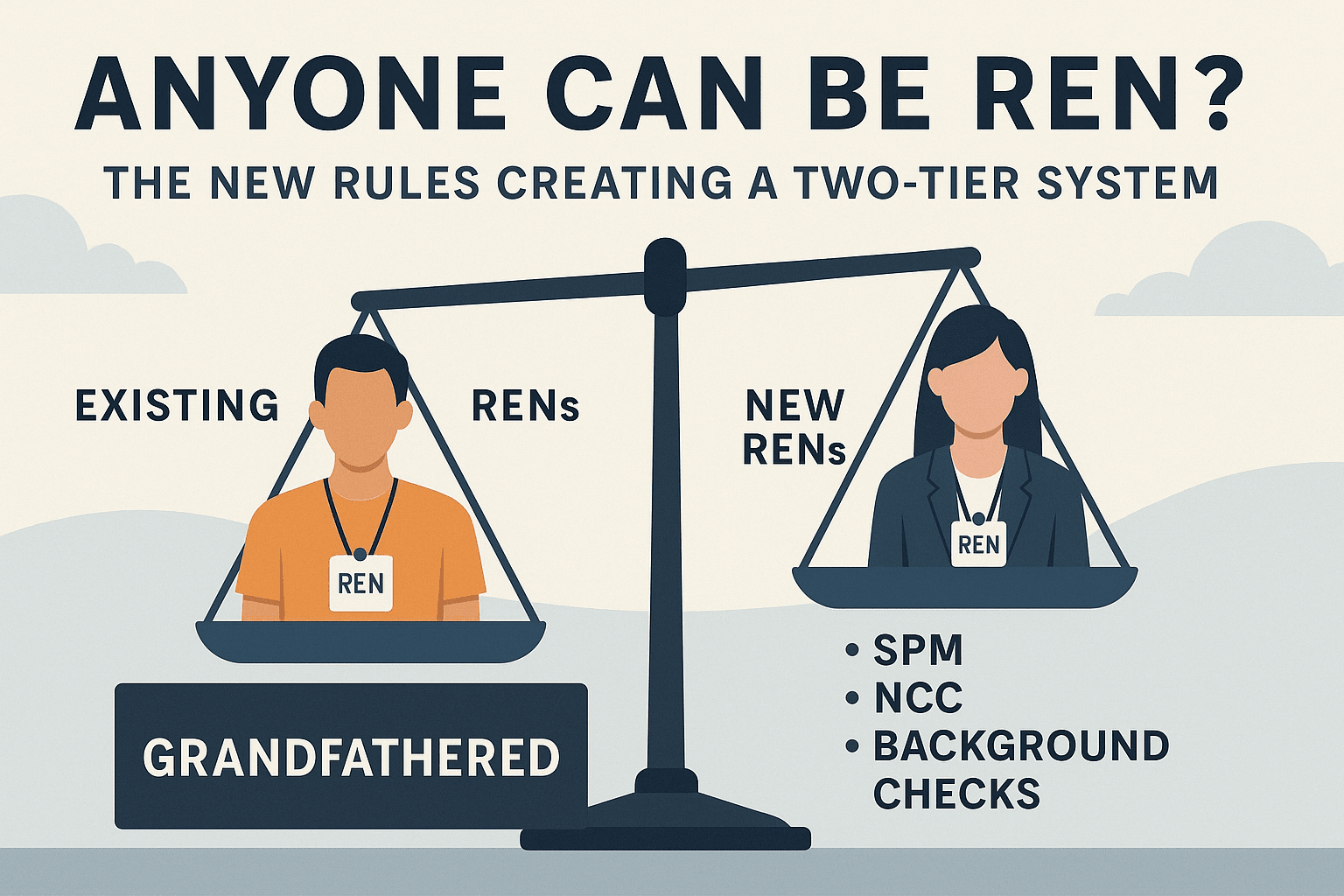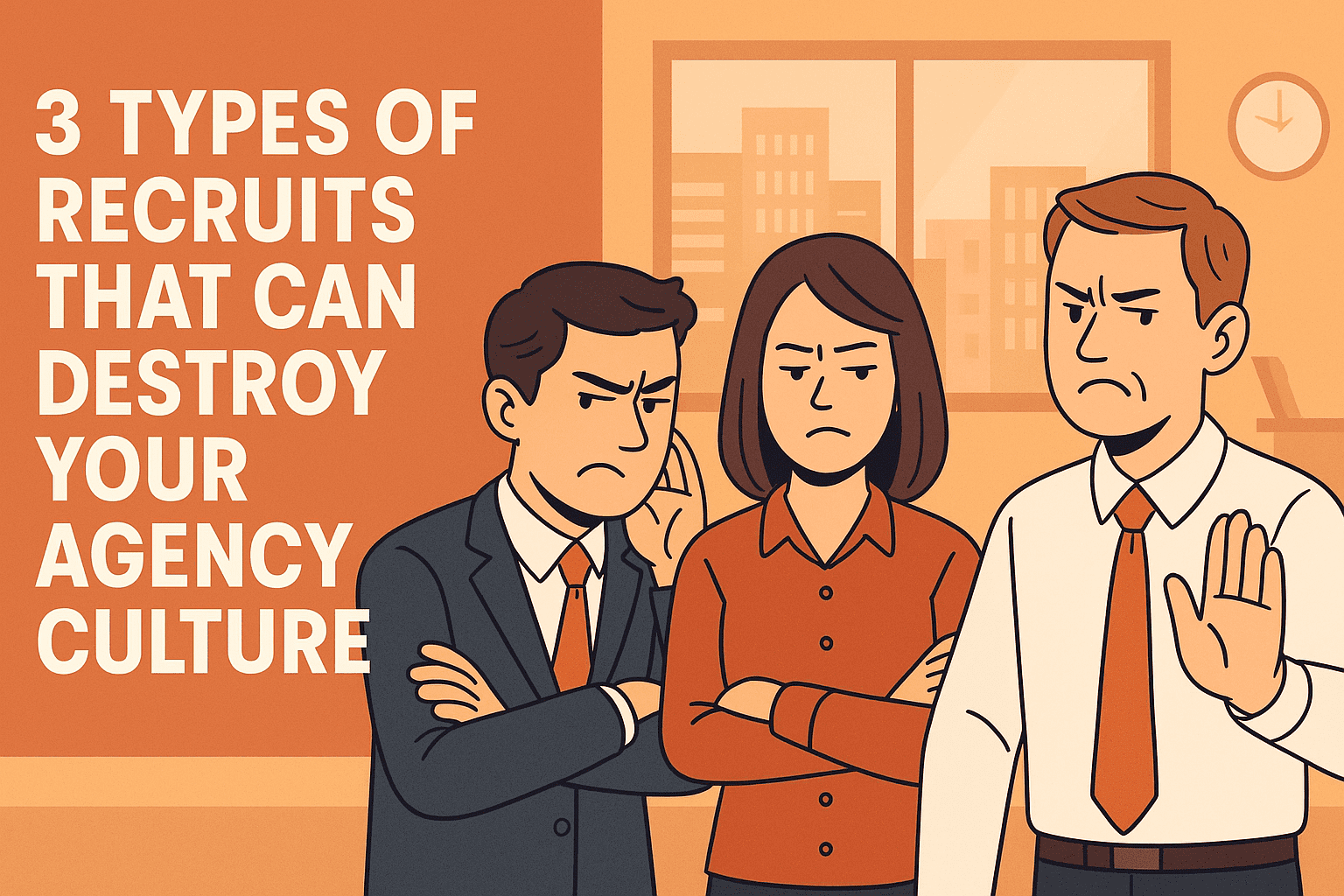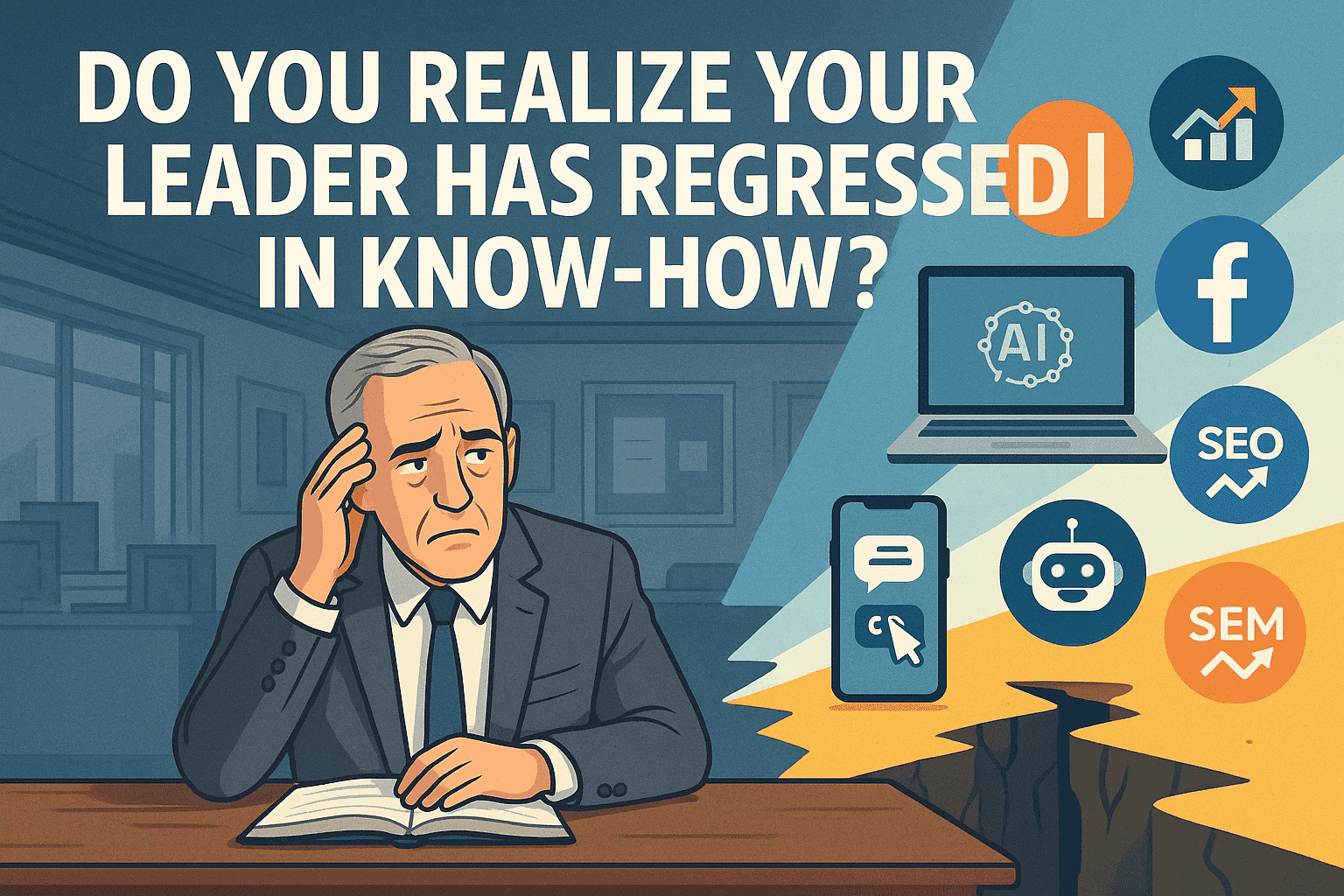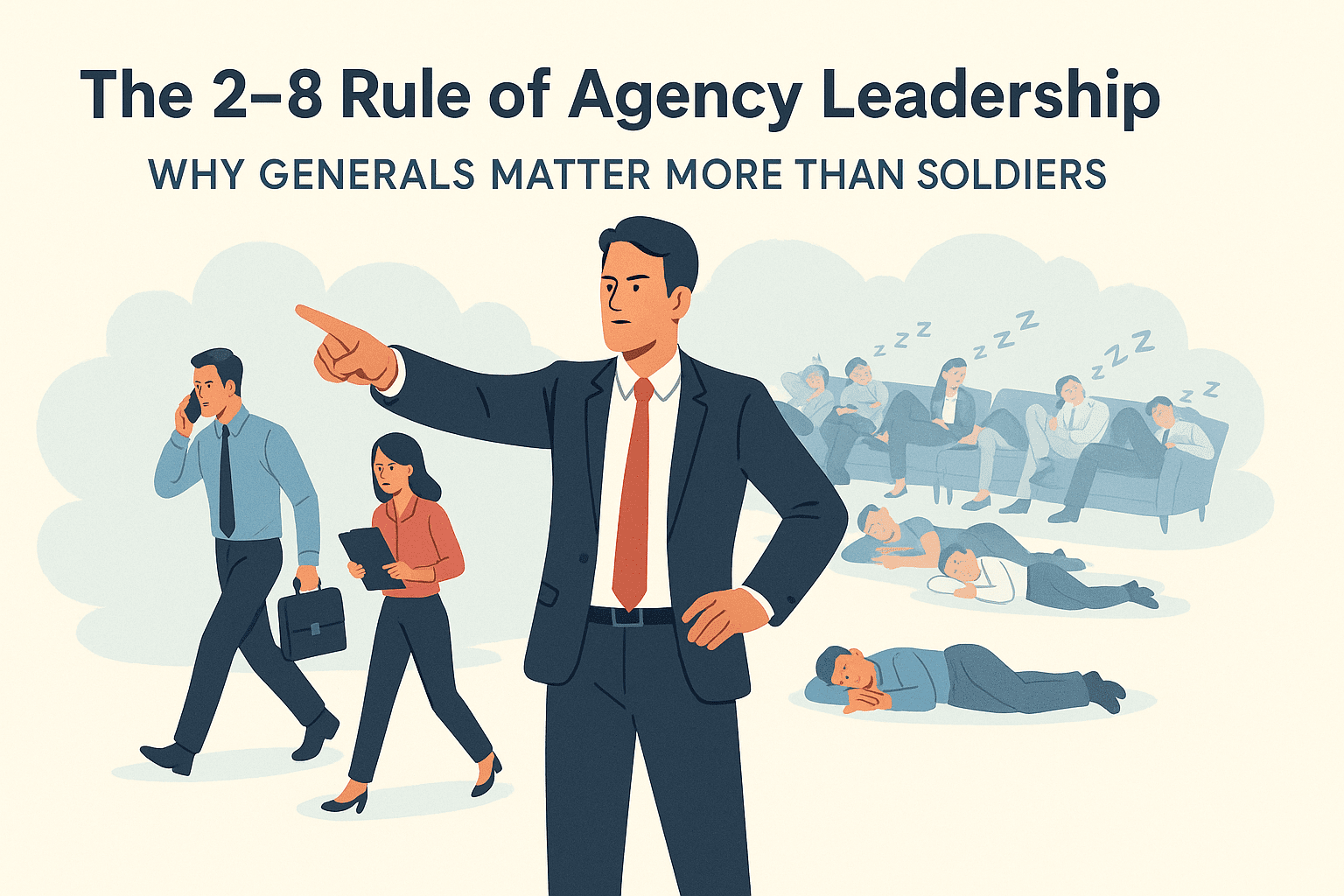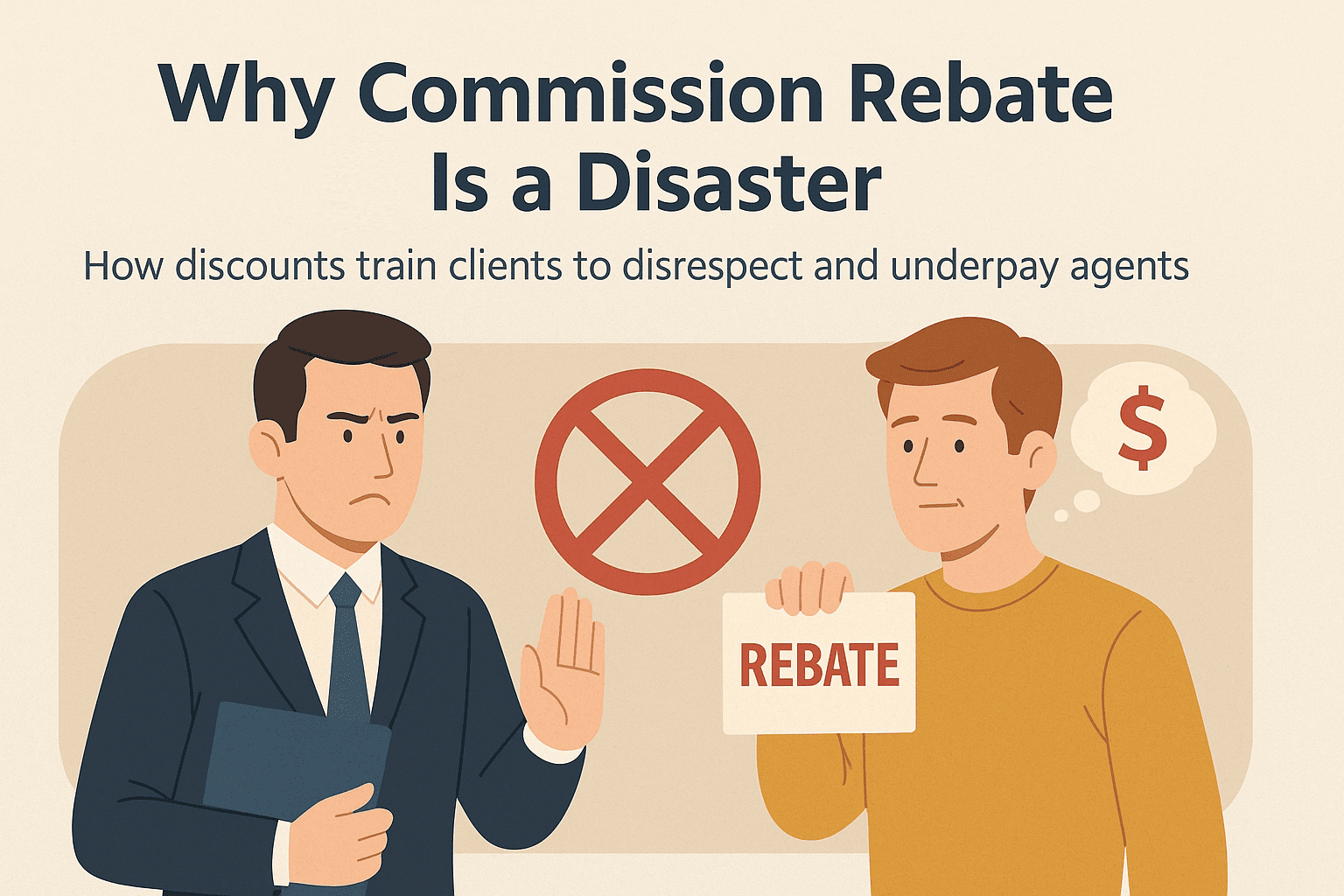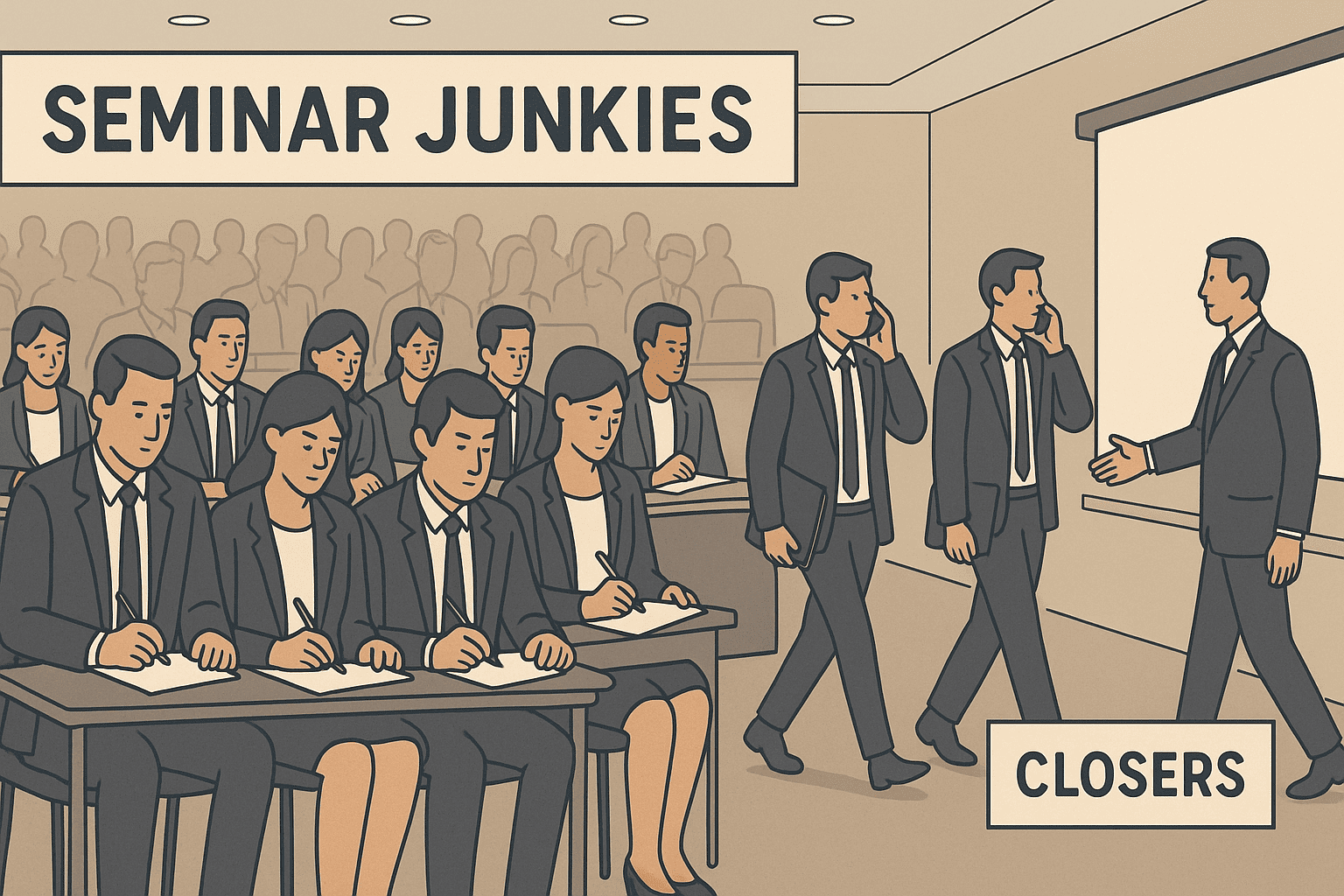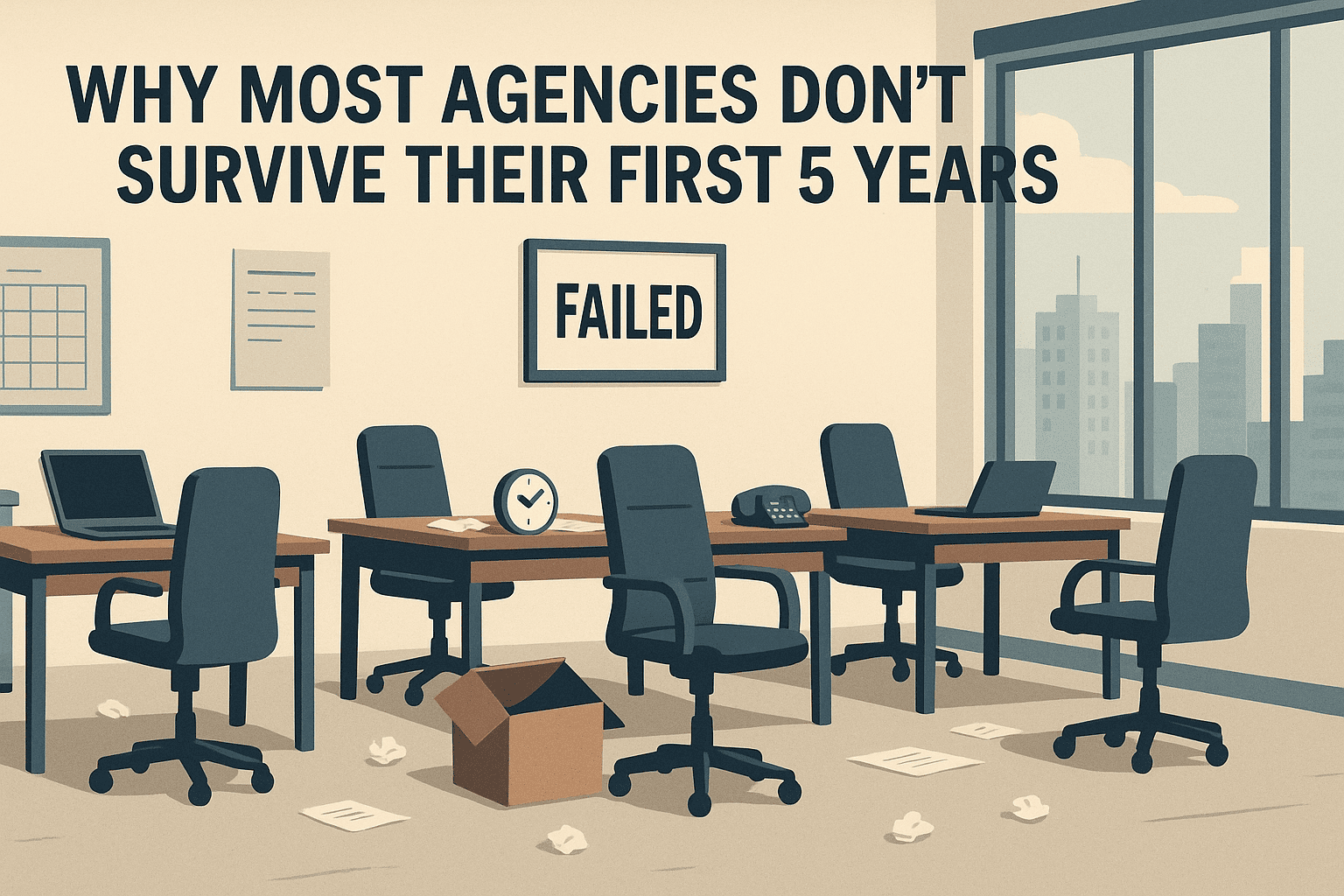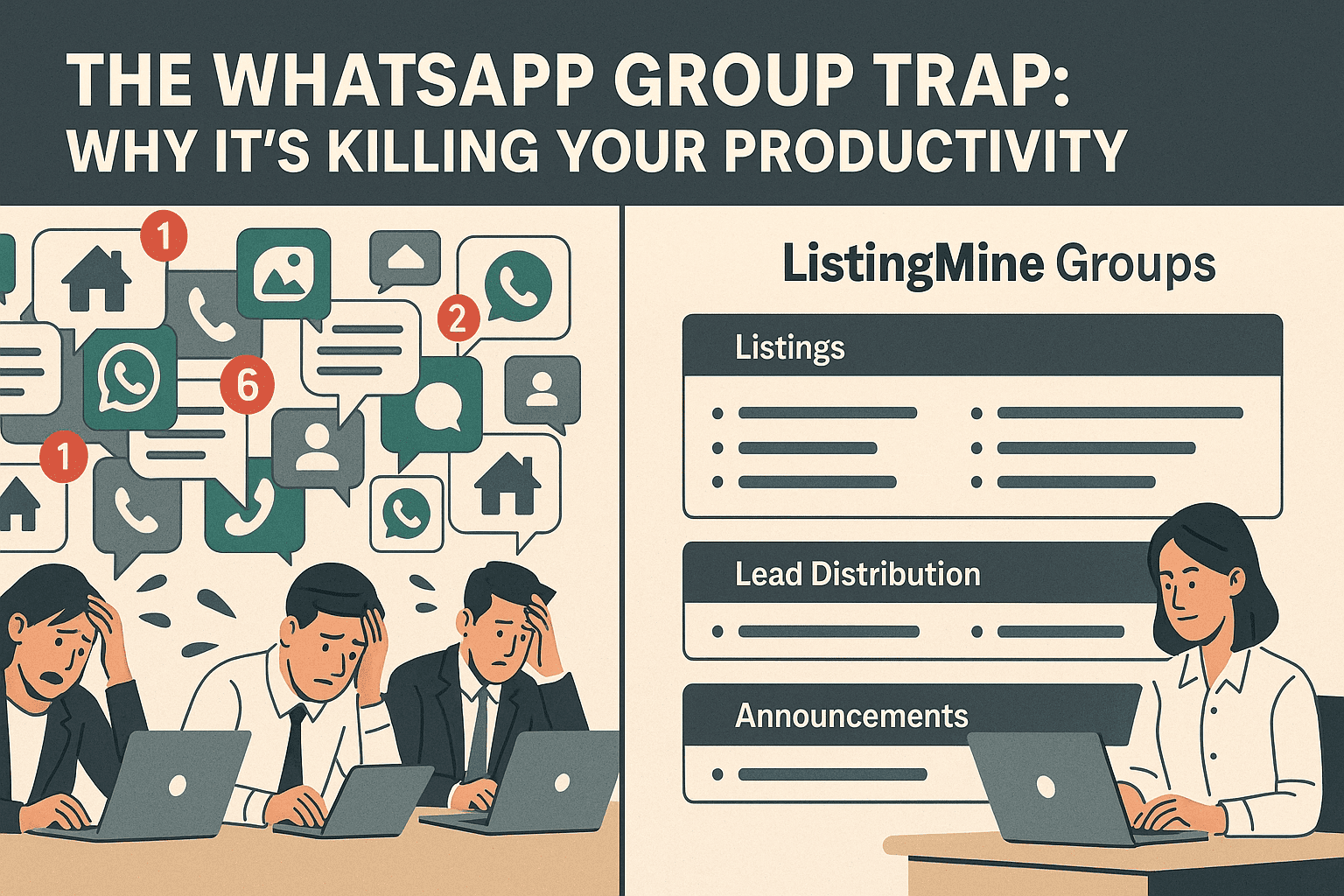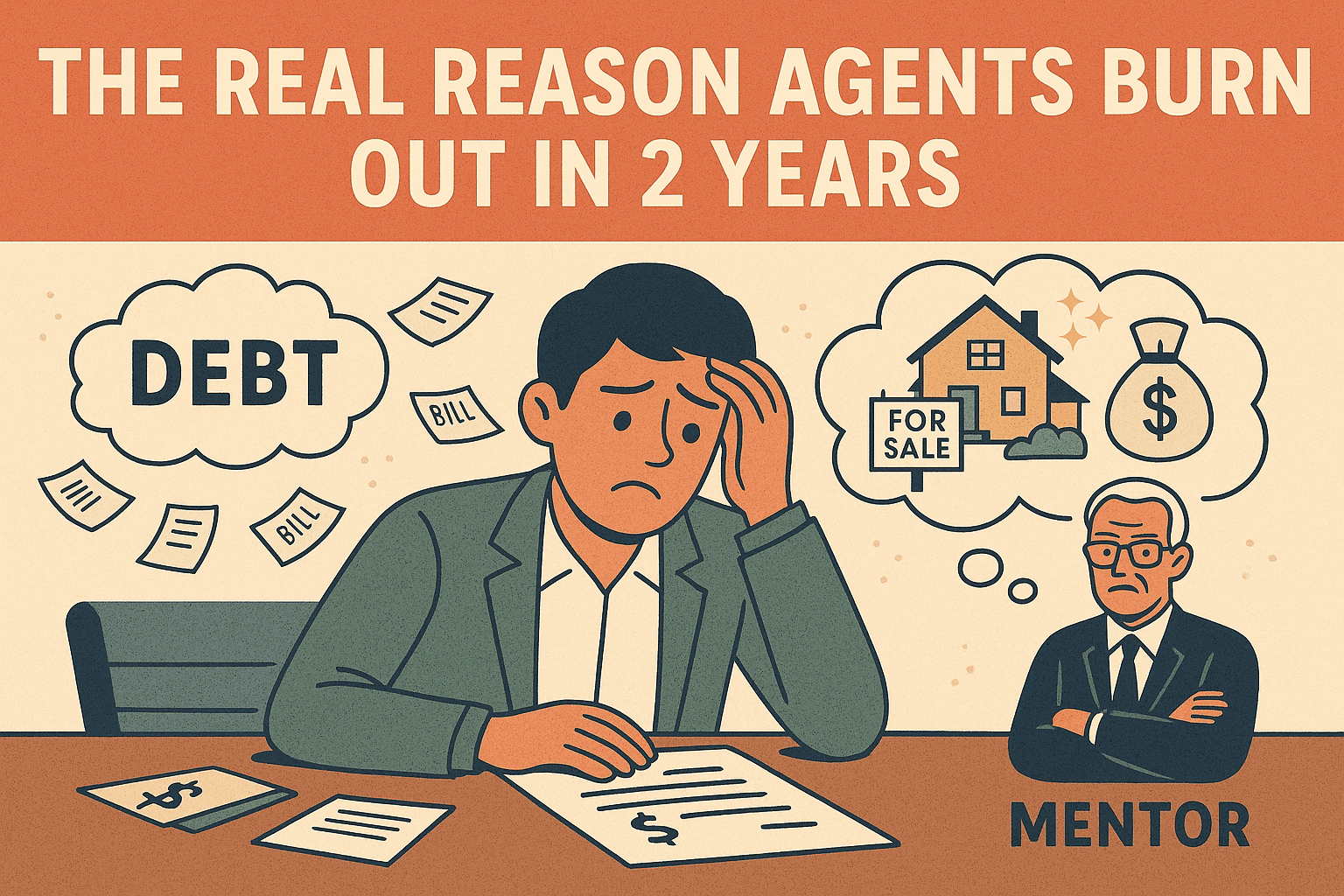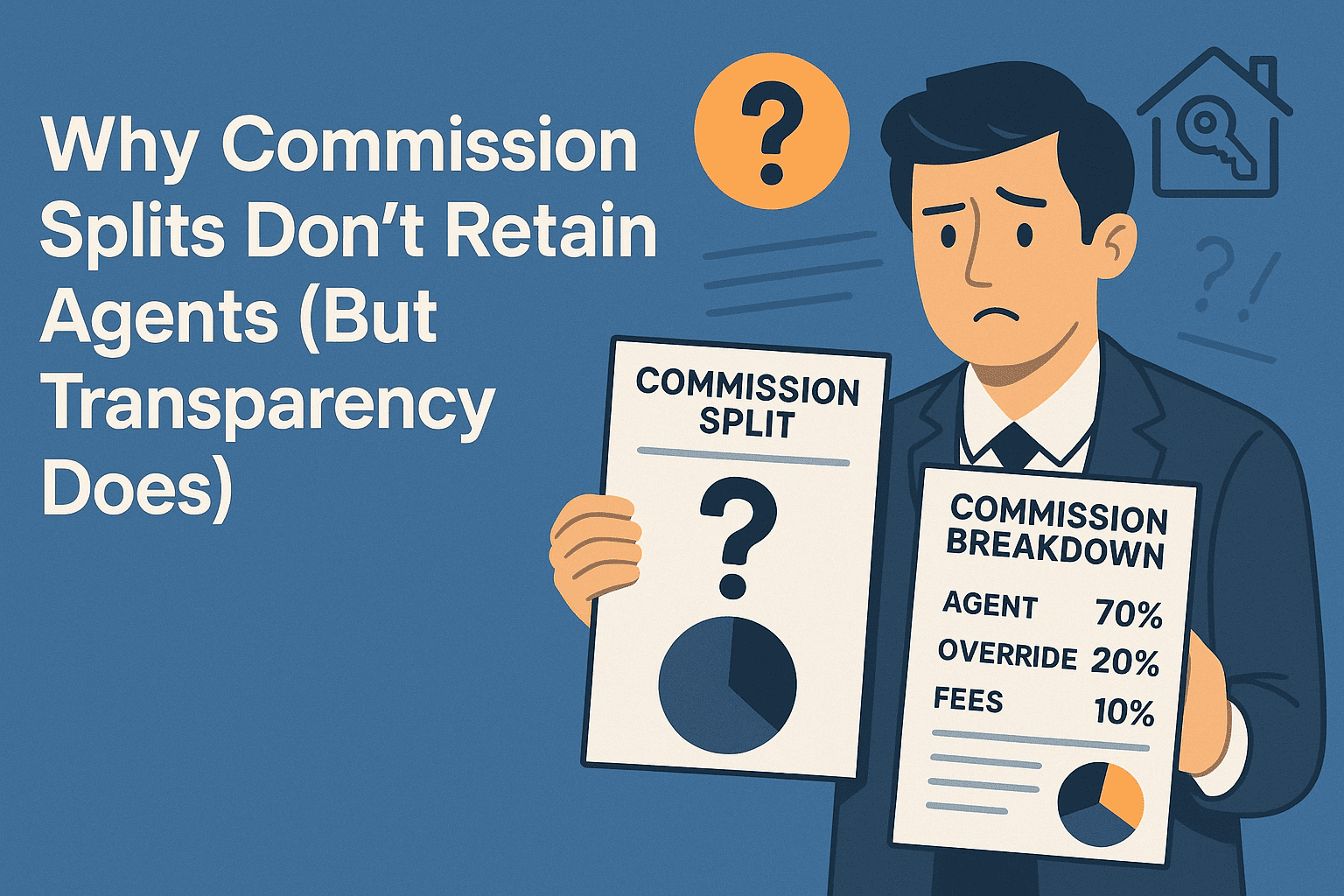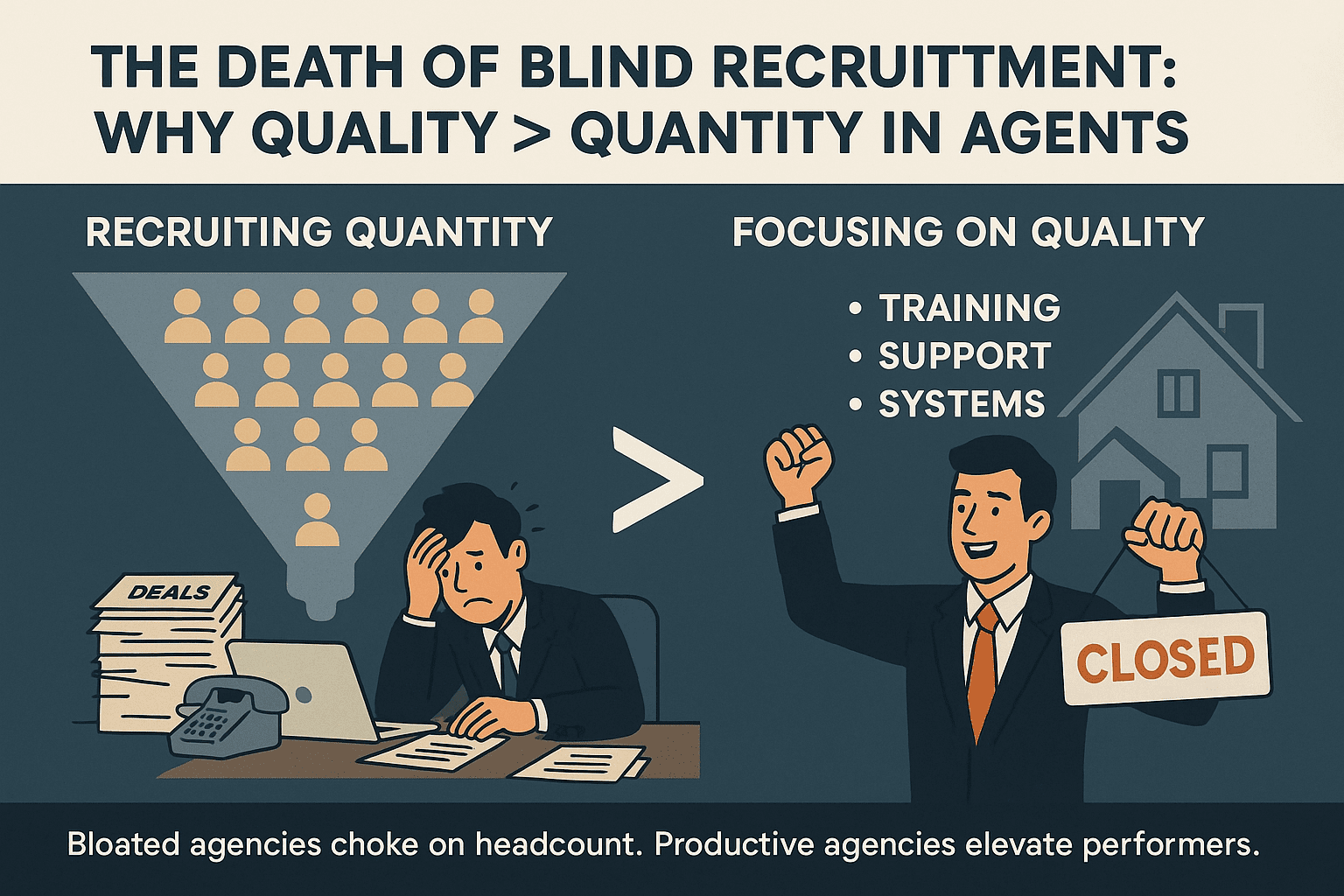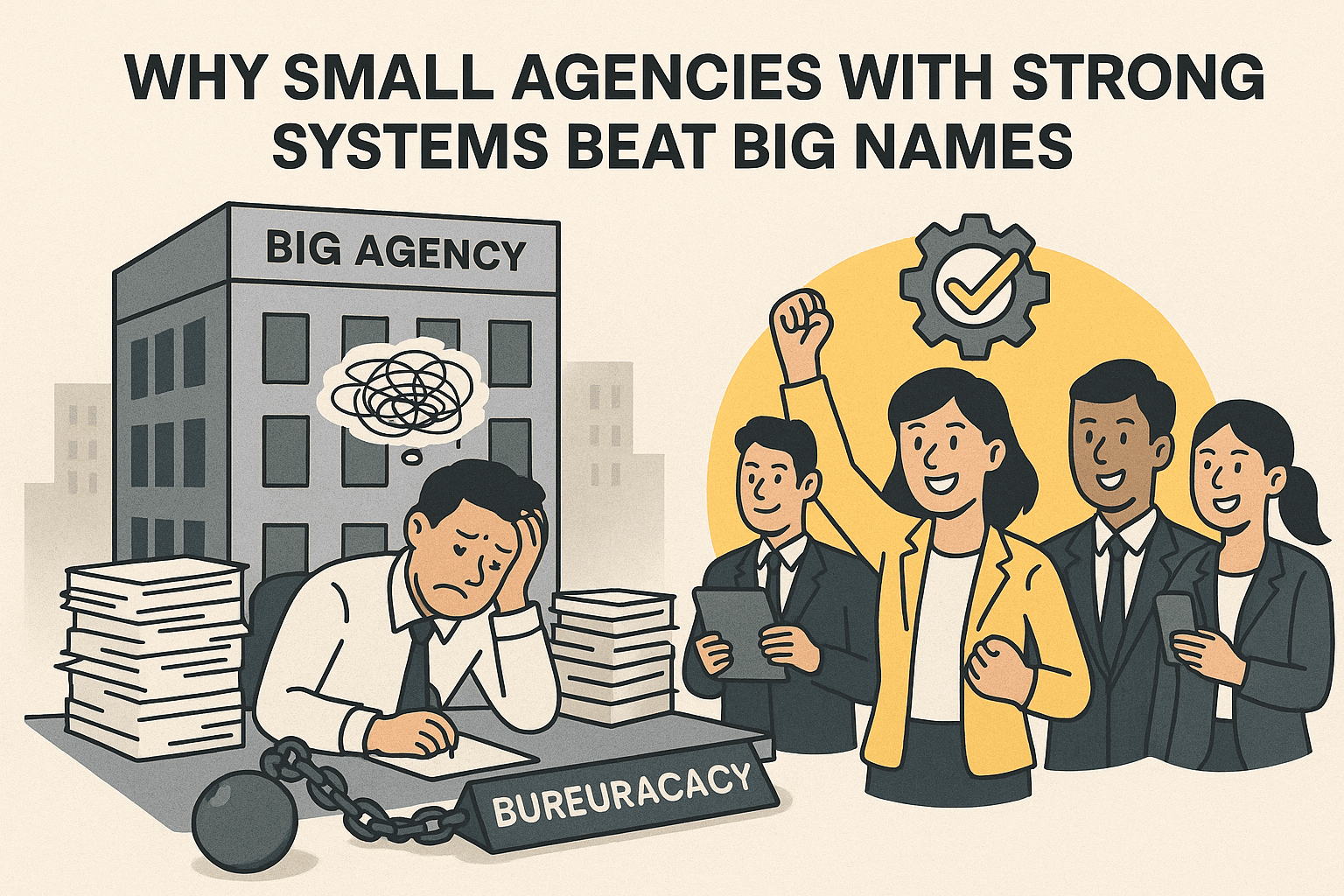The 10,000-Agent Agency With One Door: Revolutionary or Reckless?
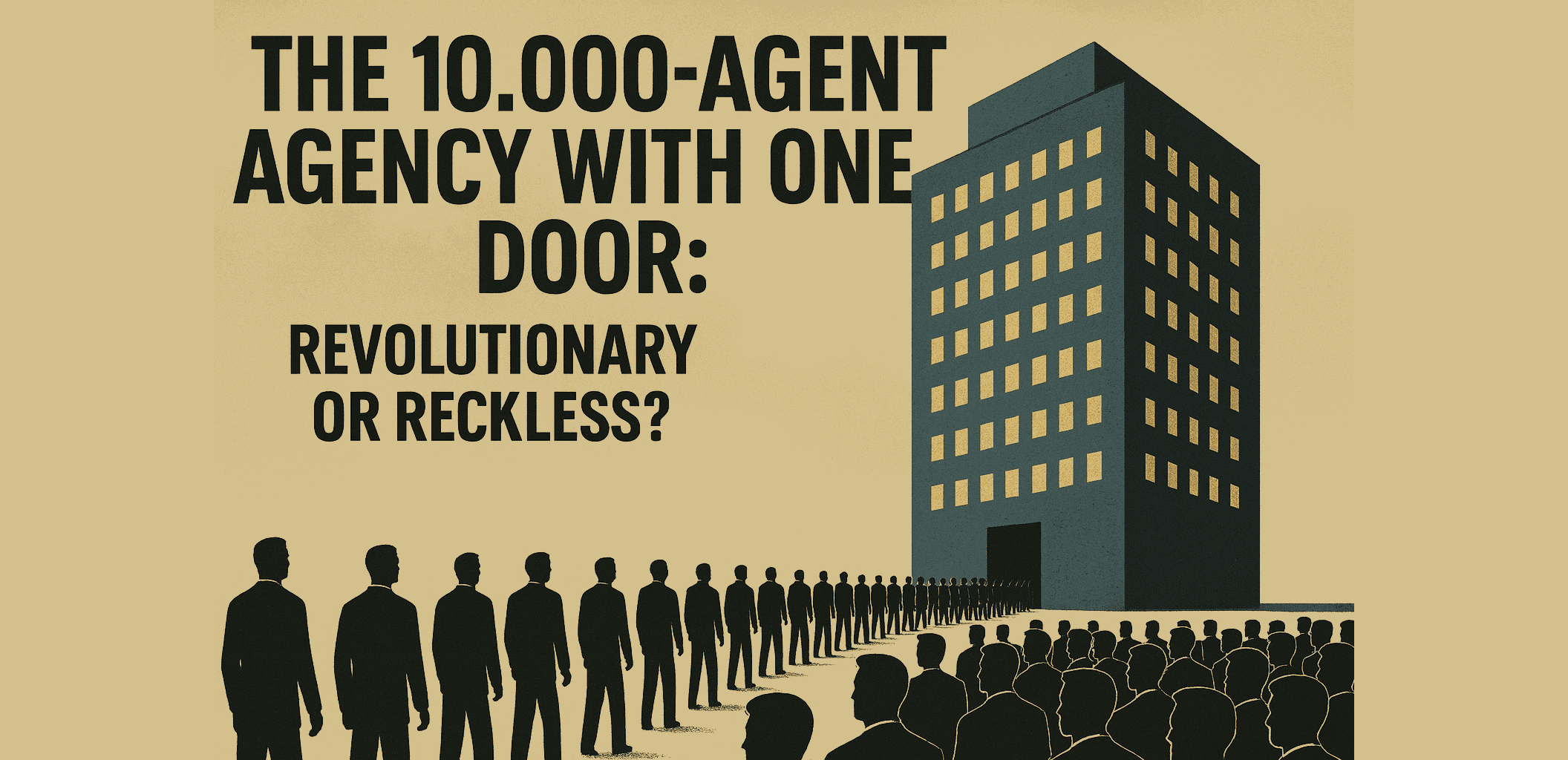
When people hear that a real estate agency has over 10,000 agents, the natural assumption is that it must have branches everywhere—Penang, Johor, Sabah, Sarawak. Rows of offices, regional managers, and a massive footprint.
But surprisingly, some of these mega-agencies operate with only one headquarters. No branches. No sprawling office network. Just a central hub.
At first glance, this seems unusual. But when you look deeper, the centralized model has its own logic—and its own risks.
Why Centralization Appeals to Big Agencies
1. Cost Efficiency
Every branch comes with rent, utilities, staff salaries, renovation, and maintenance. Multiply that across dozens of locations, and overhead quickly eats into profit.
A single HQ avoids this drain, letting the company reinvest savings into tech platforms, marketing, or incentives.
2. Preventing Branch Hijack
The industry has seen it before: a branch manager or leader decides to rebrand, taking the entire branch with them. Overnight, the branch signage changes, and the company loses not just agents, but market share.
By keeping all operations centralized, bosses limit this risk. The brand remains tightly controlled.
3. Technology Replaces Geography
In today’s digital-first environment, agents don’t need to clock into a physical branch daily. Listings are uploaded online, co-broking happens through WhatsApp or internal systems, and commissions are tracked in ERP platforms. HQ can coordinate everything virtually, making branches less relevant.
But Is It Really Sustainable?
The centralized model isn’t without its weaknesses:
- Perception Gap: Smaller agencies with branches everywhere can create a stronger local presence, which appeals to clients who value face-to-face relationships.
- Support Limitations: Not every negotiator thrives in a remote model. New agents, in particular, may feel lost without branch-level leaders offering mentorship.
- Concentration Risk: With everything tied to one HQ, any internal disruption—legal, financial, or compliance-related—affects the entire 10,000-strong network at once.
Centralized vs. Branch Model: Which Wins?
Neither model is perfect. The branch-heavy model offers local strength but risks hijacks and higher costs. The centralized model offers control and efficiency but risks detachment from ground realities.
The real winners will be those who find a hybrid balance:
- Keep HQ lean and centralized.
- Use alliances, digital platforms, and ACN systems to give agents nationwide reach without physical branches.
- Deploy "virtual branches" where support, training, and culture exist—without the fixed costs of physical offices.
The Bottom Line
A 10,000-agent agency with only one HQ isn’t a weakness—it’s a strategic choice. It lowers costs, avoids hijacks, and bets on tech to glue the network together.
But if centralization is done without proper support structures, it risks being a hollow empire—big on numbers, weak on retention and culture.
In the end, success isn’t about how many branches you have. It’s about how strong your ecosystem is—whether agents feel supported, clients feel served, and the brand grows sustainably.
